Back at Photokina 2016, I had the pleasure of sitting down and discussing SL lenses with Peter Karbe, the head of optics at Leica. You can click the link to read the full interview, which has some great info, but the main takeaway is this: the SL lenses represent the next generation of optical design at Leica.
The 24-90mm Vario-Elmarit-SL ASPH and 90-280 APO-Vario-Elmarit-SL lenses are both incredible performers, truly the best zoom lenses I’ve ever used. From any manufacturer. The Vario lenses put up prime optics performance at pretty much all equivalent focal lengths. And when I say prime lenses, I’m not just referring to Nikon, Canon, Sigma, etc. Nope. I mean Leica prime lenses. The 24-90 and 90-280 sacrifice nothing in image quality.
While testing for my 90-280 review, I pitted the tele zoom against my venerable 180mm APO-Elmarit-R. The 90-280 wasn’t just on par with this legendary Leica lens. No. The zoom crushed it. While analyzing my test shots, I figured something was amiss. There was no way a zoom lens could outshine my prized 180 APO. So, I threw all the gear back in the car and reshot the whole test sequence at a different location. And… The results were the same. Turns out my technique was spot on. The zoom really was noticeably sharper and clearer.
The new 50mm Summilux-SL ASPH is in this same echelon. As the first prime lens for the SL System, the 50mm Lux SL sets the standard for what is currently possible in modern lens design. And while the Summicron SL lenses coming later this year promise to be even better, the Lux stands easily on its own.
50mm Legacy
I’m not surprised that 50mm was chosen as the first fixed focal length lens for the SL System. Leica has had a long history with the standard focal length. The very first 35mm still camera lens, the 50mm Anastigmat f/3.5 was permanently attached to the front the of the Leitz Ur-Leica in 1924. And, before anyone tries to correct my history, I should point out that the lens name was almost immediately changed to the more familiar Elmax moniker. Same lens, different name.
Many of the great advances in Leica lens tech were achieved in 50mm designs. The 50mm f/1.2 Noctilux was Leica’s first aspherical lens, introduced in 1966. The 50mm Summilux-M ASPH, launched in 2004, was the first modified double gauss design with a floating element. The 50mm Noctilux-M f/0.95 ASPH remains the fastest lens Leica has made to date. The 50mm APO-Summicron-M could arguably be called the most perfect.
Several years ago, while touring the previous Leica factory in Solms, Peter Karbe pulled me aside to show me a poster he had made for his office. It displayed the entire Leica 50mm family tree, dating back to the original Elmax. And with the last three of the above groundbreaking designs to his credit, there is no disputing that Karbe is a massive fan of the 50mm focal length. Based on our recent conversation in Cologne, it’s safe to assume he is just as excited about his departments’ latest 50mm offering for the SL.
The 50mm Summilux-SL ASPH
Design
The 50mm Summilux-SL ASPH is packing an advanced optical design, comprised of eleven elements arranged in nine groups, with two aspherical lenses and four made from glasses with anomalous partial dispersion for the correction of chromatic aberrations. According to Leica, “this complex optical construction reduces all monochromatic and chromatic aberrations to a hardly perceptible minimum.” So, while not designated an APO lens, it is indeed a highly-corrected design.
Like the 24-90 and 90-280, the 50 SL employs an internal focusing design. This allows it to maintain a consistent barrel length across the entire focus range, which aids greatly in moisture and dust sealing.
Minimum focus sits at 0.6m. While closer focusing than a typical M lens, which usually has a minimum distance of 0.7m, I really would have liked to see close focus in the range of 0.3 – 0.4m. The 50 SL’s resulting maximum reproduction ratio of 1:10 is a tad bit underwhelming, but certainly not a deal breaker.
Build
No surprises here. Build quality is rock solid, just like all SL lenses. The minimalist black anodized aluminum barrel is only visually segmented by the generous manual focus ring, positioned ergonomically to rest naturally in the crux of your left thumb and forefinger when holding the camera at eye level. As with the zooms, fly-by-wire focus feel is smooth and fluid with no perceptible input lag.
Tolerances are tight and the machining is top-notch. Mounting the lens on the SL is effortless precision defined, punctuated by a satisfying click. The lens, including its L bayonet mount, is completely weather sealed.
There is a somewhat large twist-on rectangular plastic lens shade included in the box. Frankly, I didn’t use it, but I also don’t use them on the SL zooms or my S lenses. Hoods makes the lenses look even larger than they already are. And while the shade is designed to prevent stray light and flare, I never had any issues during my use of the 50 SL sans hood.
Size and Weight
Tipping the scales at 1kg, the 50 isn’t a lightweight lens, yet it balances beautifully on the SL body, evoking the feel of shooting with the S System. The Lux is about 200g lighter than the 24-90 and 14mm shorter in length. While this might not seem like a lot, the reduction in weight and size is noticeable, with the 50 feeling just ever slightly airier and more compact.
During testing, I covered a lot of ground, often carrying the camera either on a shoulder or in one hand at my side. Not once was I bothered by the size or weight. Sure, many might grouse about the oversized proportions of the 50. And yes, it is a behemoth, especially when compared to a 50 Lux M lens. But, with the additional size comes full weather sealing, autofocus, internal focusing and reference class optics.
Sharing the same 82mm front filter diameter as both the 24-90 and 90-280 zoom lenses, the 50 might be a bit imposing for your subjects. Seriously, this is the filter size of medium format S lenses. Silver lining: At least you can share filters and lens caps across the full range of SL lenses, as well as most S lenses, which, kidding aside, is actually a nice bonus.
Shooting with the 50 SL
When I’m evaluating cameras or lenses, I often take excursions to photogenic destinations where I can explore and shoot without the distractions of everyday life, focusing solely on photography. Given the timing for this review, traveling for testing wasn’t going to work. I received the lens from Leica just before the Holidays, and between work and family commitments, I wasn’t going anywhere. So, rather than delay testing until after the New Year, my own backyard, metaphorically speaking, would serve as testing grounds for the 50 SL.
Considering the headlining feature of the 50 Lux is its fast f/1.4 aperture, I tried to shoot as much as I could muster wide-open. And as always, I wanted to show a variety of subjects. Near and far. Bright daylight and low light at night. People and objects. The idea was to see how flexible the lens could be and determine what it could handle and where it might fall short.
Tech Notes
For images in this review, I shot in DNG, processed in Adobe Lightroom CC 2015.9, and output to sRGB JPGs. Be sure to click on the images to see larger. I also have 100% crops of many of the images. Just click the link in the caption to open the 1:1 crop.

Leica SL (Typ 601) with Summilux-SL 50mm ASPH
1/4000th @ f/1.4, ISO 200
Click here for 100% crop
Yellow Green Market
My first stop was a local farmers market around the corner from my office that is open on weekends. The converted steel mill draws large crowds and features a wide variety of stalls with vendors selling fresh produce, baked goods, bulk spices, artisan pickles, local honey and more. I needed to pick up a few things anyway, so I grabbed the SL and 50 Lux and figured this could serve as a nice warm-up in a target rich environment.
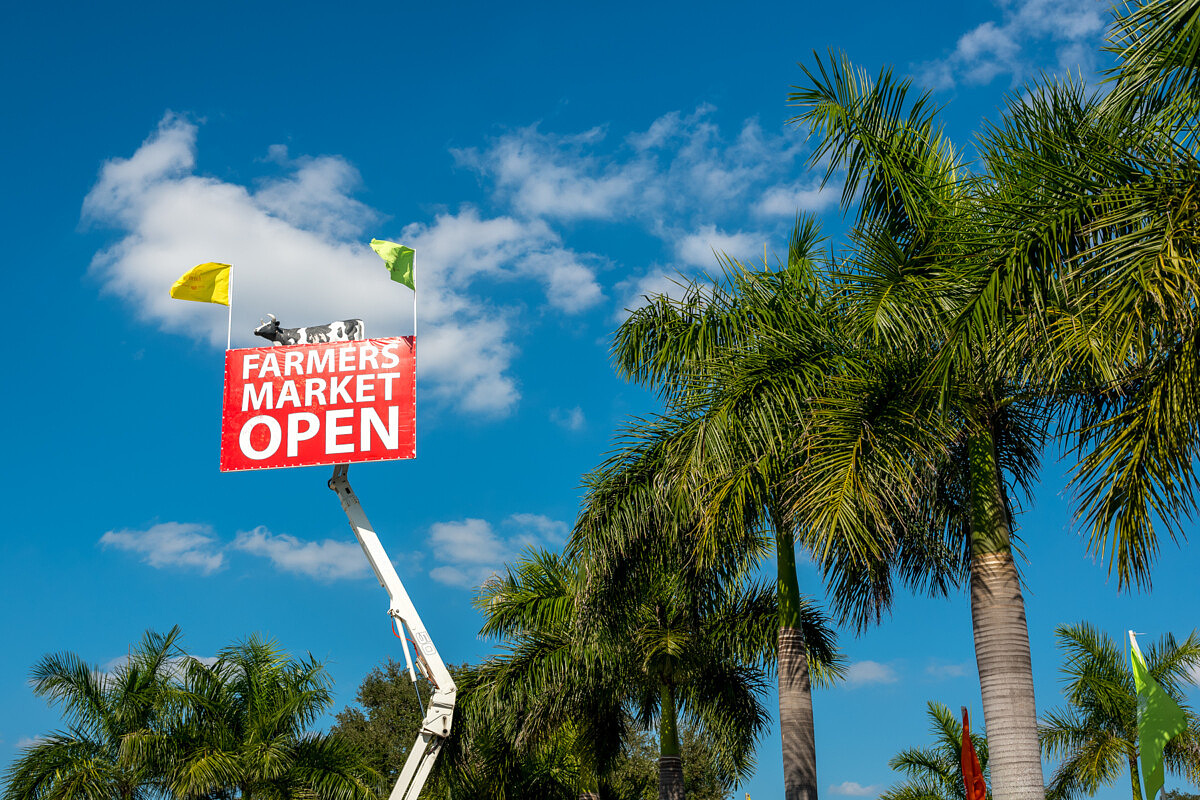
Leica SL (Typ 601) with Summilux-SL 50mm ASPH
1/4000th @ f/4, ISO 200
Click here for 100% crop
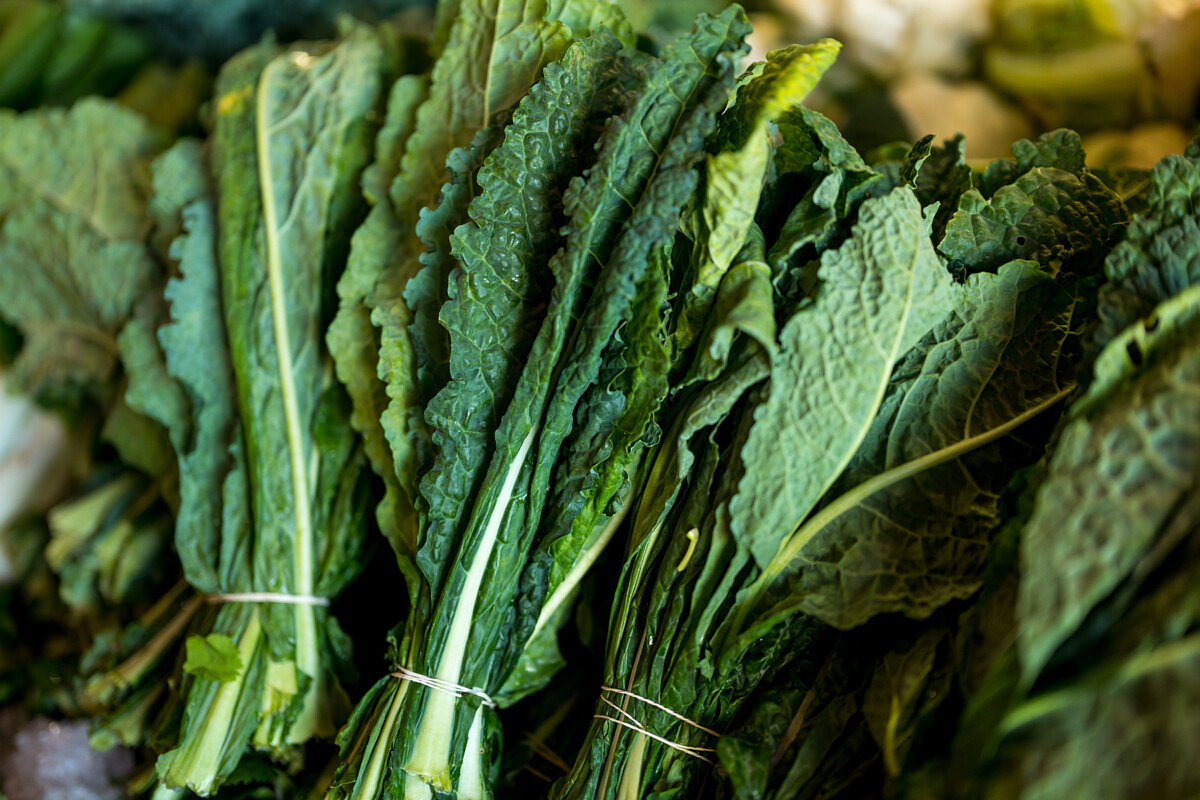
Leica SL (Typ 601) with Summilux-SL 50mm ASPH
1/320th @ f/1.4, ISO 400
Click here for 100% crop
Given my frequent photo outings with the SL and 24-90 over the last year, I didn’t have to make many adjustments to my shooting style. The extra speed afforded by the 50’s f/1.4 maximum aperture versus the zoom’s f/2.8 quickly became apparent and the shallow depth of field wide-open was perfect for reducing visual clutter and isolating my subjects.

Leica SL (Typ 601) with Summilux-SL 50mm ASPH
1/640th @ f/1.4, ISO 400
Click here for 100% crop

Leica SL (Typ 601) with Summilux-SL 50mm ASPH
1/200th @ f/1.4, ISO 200
Click here for 100% crop
Wynwood
A few nights later, I met up with some colleagues in Wynwood, Miami’s art district, for a walking culinary tour. Another great opportunity to grab some shots with the 50 Lux. Before the gang got there, I walked up and down 2nd Ave doing my thing. When I arrived, the sun was low and bright in the clear blue sky which allowed me to test flare resistance.

Leica SL (Typ 601) with Summilux-SL 50mm ASPH
1/16,000th @ f/1.4, ISO 400
Click here for 100% crop
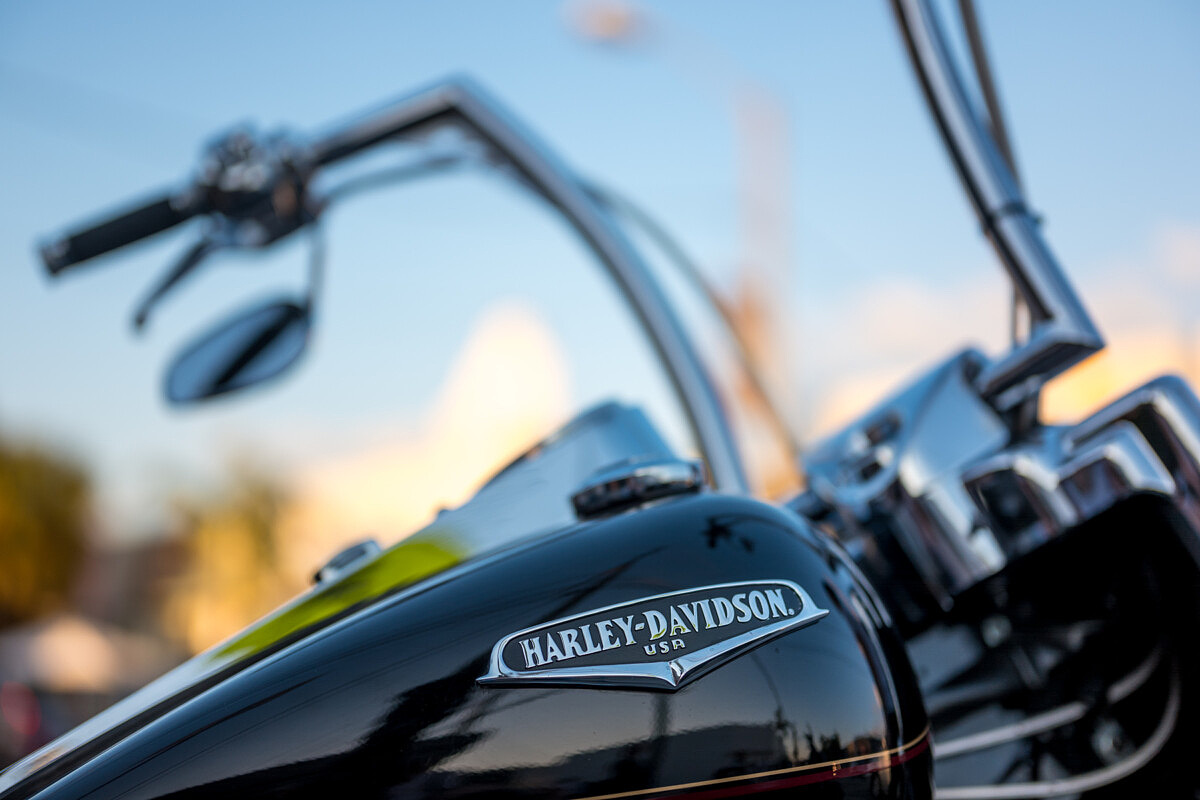
Leica SL (Typ 601) with Summilux-SL 50mm ASPH
1/2500th @ f/1.4, ISO 100
Click here for 100% crop

Leica SL (Typ 601) with Summilux-SL 50mm ASPH
1/250th @ f/1.4, ISO 100
Click here for 100% crop
I continued to shoot as the sun fell below the horizon, again enjoying the fast aperture of the 50. While not the most spectacular sunset, the SL and 50 managed to capture some pleasing colors.

Leica SL (Typ 601) with Summilux-SL 50mm ASPH
1/400th @ f/5.0, ISO 200
Click here for 100% crop

Leica SL (Typ 601) with Summilux-SL 50mm ASPH
1/80th @ f/1.4, ISO 400
Click here for 100% crop
And of course, I found some further photographic opportunities on our culinary tour.
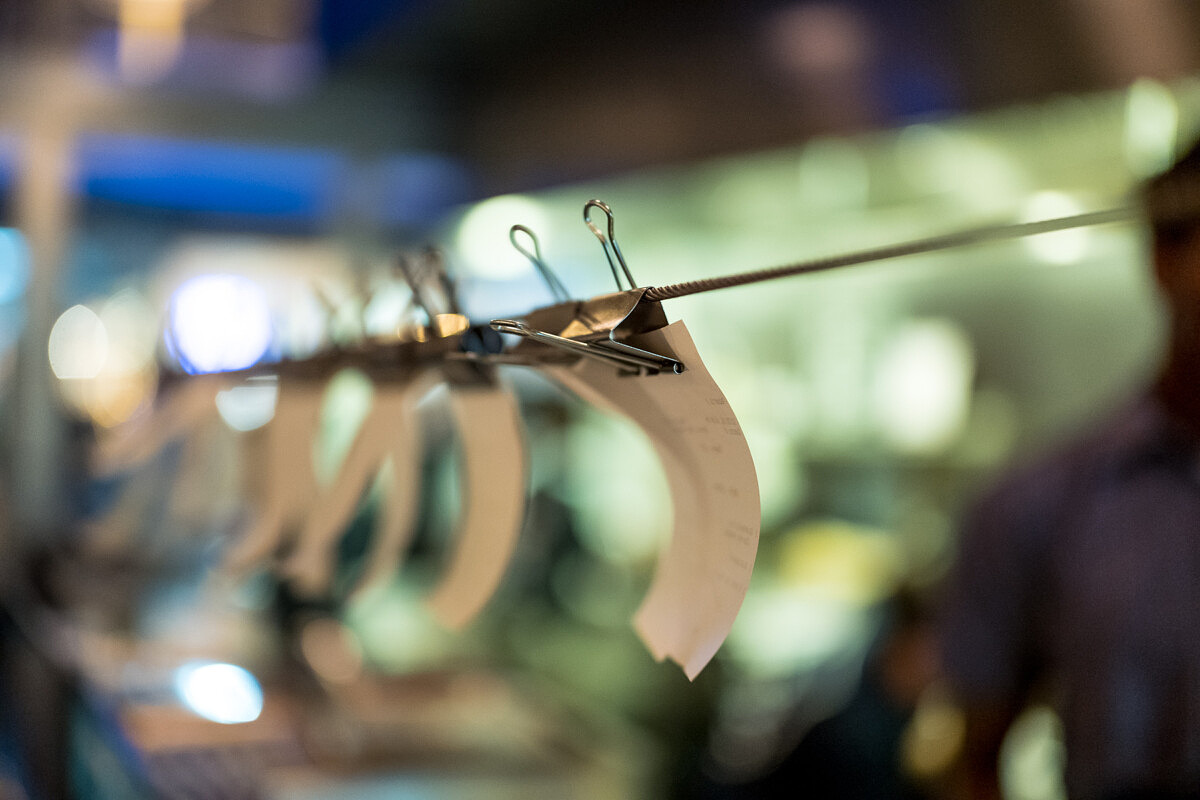
Leica SL (Typ 601) with Summilux-SL 50mm ASPH
1/160th @ f/1.4, ISO 1600
Click here for 100% crop
Fort Lauderdale Beach
With my sister-in-law and her family in town, we figured we’d show them what Floridians do in the dead of winter. We took them to the beach to play in the surf and sand. The SL tagged along for snapshots. Thankfully, with a fully sealed camera and lens, there was no reason to stress about the inevitable sand and sea spray.

Leica SL (Typ 601) with Summilux-SL 50mm ASPH
1/8000th @ f/1.4, ISO 100
Click here for 100% crop
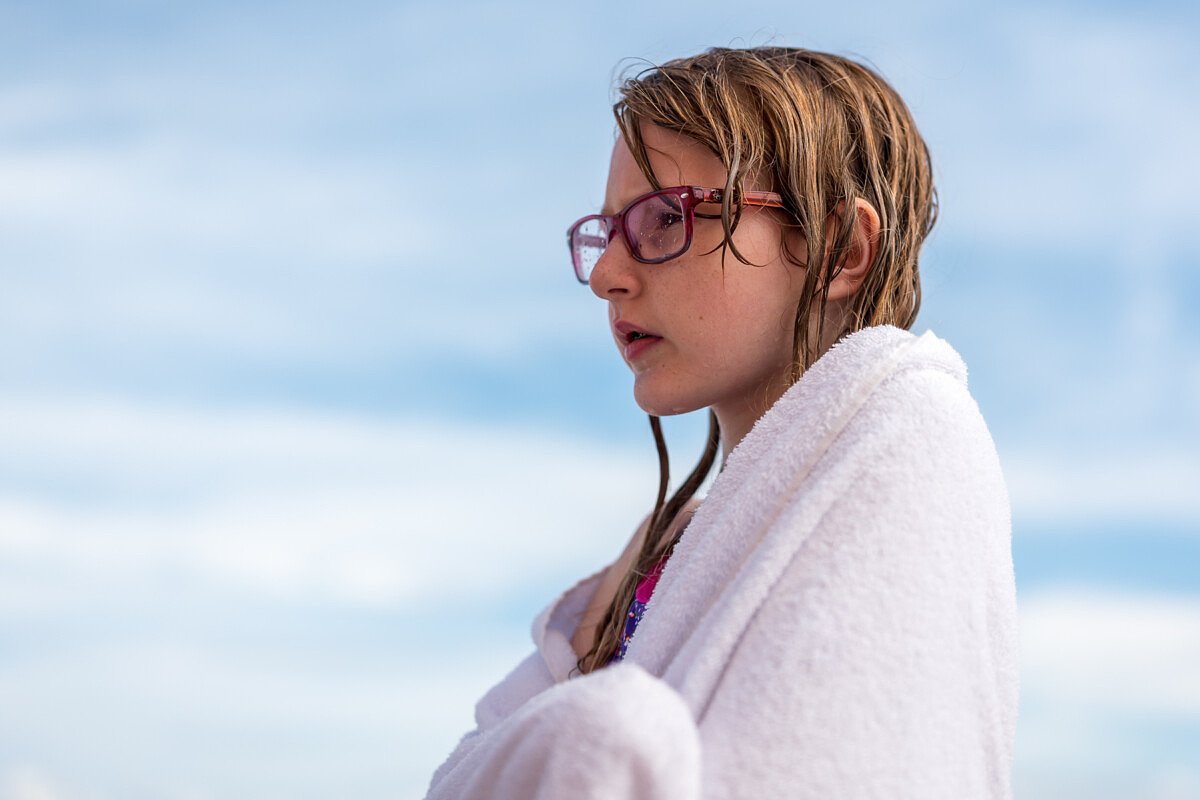
Leica SL (Typ 601) with Summilux-SL 50mm ASPH
1/5000th @ f/2, ISO 100
Click here for 100% crop
As the kids played, I snuck in a few test shots. Admittedly, these were mostly of beach chairs as I relaxed in one just like it, enjoying the beautiful winter day.

Leica SL (Typ 601) with Summilux-SL 50mm ASPH
1/2500th @ f/2.8, ISO 100
Click here for 100% crop
Hollywood Beach
While shopping at yet another farmer’s market, the SL again found its way on my shoulder. This time, I was at Josh’s Organic Garden, who has the absolute finest produce around, with most items picked from the field the night before. The location isn’t bad either, located right on the Hollywood Beach Broadwalk, with the ocean breeze wafting through the open-air market.

Leica SL (Typ 601) with Summilux-SL 50mm ASPH
1/12,000th @ f/1.4, ISO 100
Click here for 100% crop
Unfortunately, even for a regular like me who has been frequenting the market for over 10 years almost every Sunday, the rules are the rules. No pictures in the market. The owner, Josh, doesn’t want pictures taken. Not of him. Not of his food. And definitely not of his patrons. While I don’t like this rule as a photographer, I do respect it. So, I settled for some shots just outside the market and elsewhere on the Broadwalk.

Leica SL (Typ 601) with Summilux-SL 50mm ASPH
1/500th @ f/1.4, ISO 100
Click here for 100% crop

Leica SL (Typ 601) with Summilux-SL 50mm ASPH
1/1250th @ f/1.4, ISO 100
Click here for 100% crop

Leica SL (Typ 601) with Summilux-SL 50mm ASPH
1/1250th @ f/1.4, ISO 100
Click here for 100% crop
Miami
One of my work commitments was staffing the Miami Street Photography Festival. The MSPF is in its fifth year and continues to grow, drawing attendees from around the world. The Festival features presentations, workshops, and portfolio reviews with noted photographers Alex Webb, Martin Parr, Jill Freedman, and Maggie Steber, as well as the judging of an annual international photo contest and photo walks around the streets of Miami.
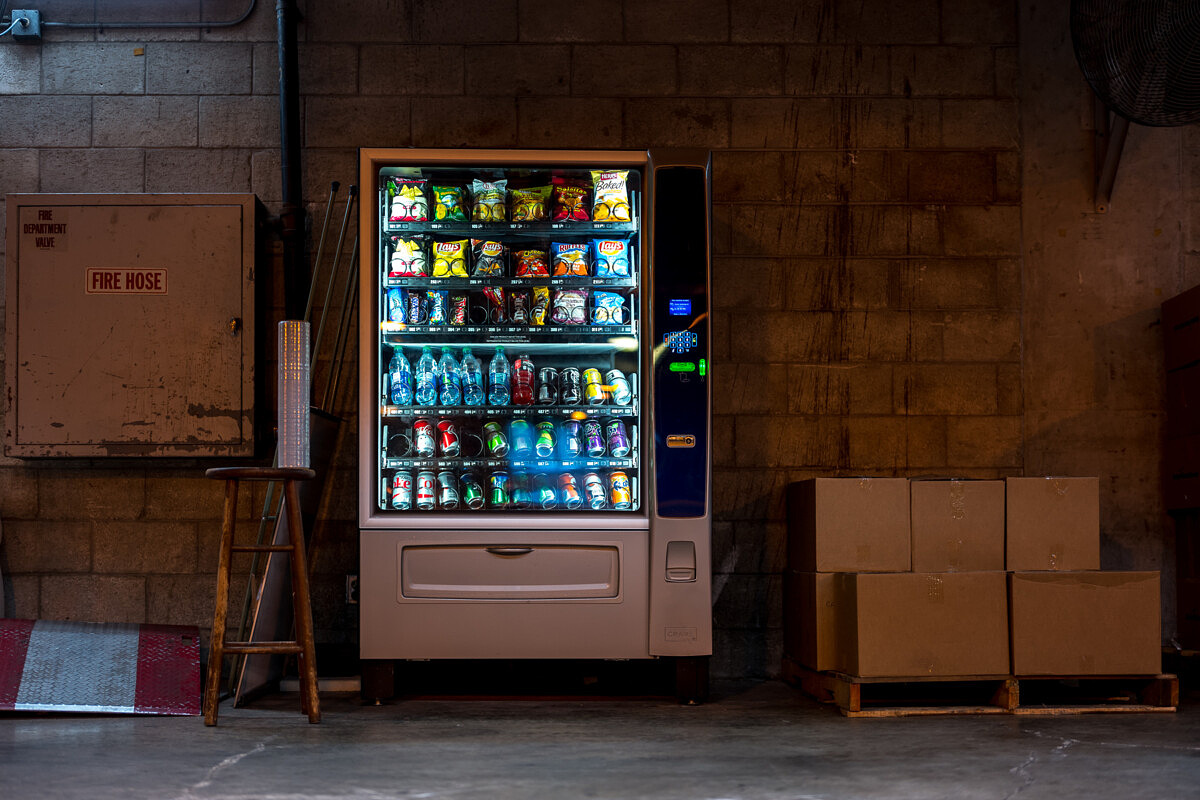
Leica SL (Typ 601) with Summilux-SL 50mm ASPH
1/60th @ f/1.4, ISO 200
Click here for 100% crop
For the past two years, the MSPF has been held downtown at History Miami during Art Basel. With my obligation to work at the event, the only photography I could sneak in was around the loading dock of the museum, which actually provided ample opportunities.
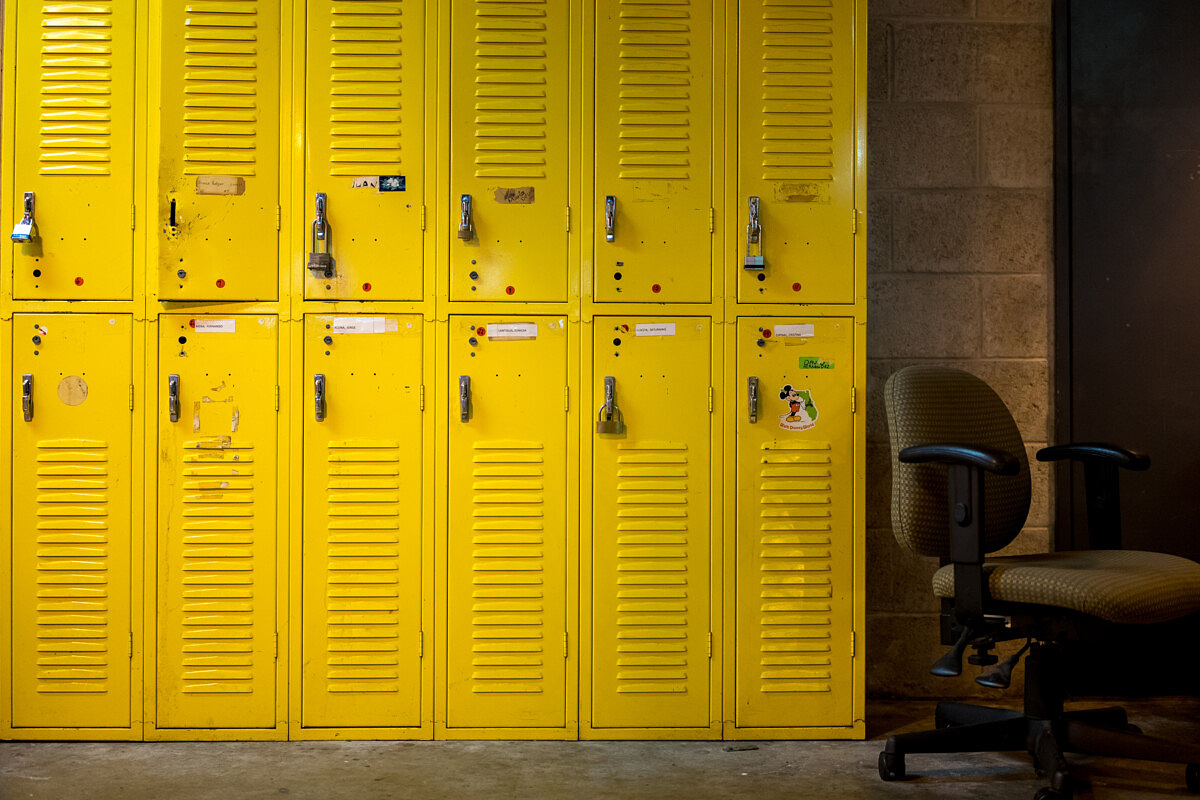
Leica SL (Typ 601) with Summilux-SL 50mm ASPH
1/250th @ f/1.4, ISO 800
Click here for 100% crop

Leica SL (Typ 601) with Summilux-SL 50mm ASPH
1/200th @ f/1.4, ISO 800
Click here for 100% crop
Boston
Okay, so almost all my testing was in Miami. I ended up traveling to the outskirts of Boston for a family function and took the camera along on the off chance that I’d have a free moment to shoot in the middle of a tightly scheduled weekend. Again, my shooting prospects were limited.

Leica SL (Typ 601) with Summilux-SL 50mm ASPH
1/80th @ f/1.8, ISO 100
Click here for 100% crop
But, during a short break, while my wife took my daughter to get her hair done at a local beauty salon, I braved the brisk December chill and took advantage of the lovely angular winter light and rich blue skies. The fast electronic shutter on the SL allowed me to shoot at f/1.4 in spite of the strong illumination in broad daylight.

Leica SL (Typ 601) with Summilux-SL 50mm ASPH
1/16,000th @ f/1.4, ISO 100
Click here for 100% crop

Leica SL (Typ 601) with Summilux-SL 50mm ASPH
1/400th @ f/5.6, ISO 100
Click here for 100% crop
When I returned to South Florida, the holidays were in full swing and the lens had to go back to Leica. So while I literally had to sneak in shooting in dribs and drabs, I still was able to get a feel for the 50 Lux and the quality it offers.
Image Quality
Whether wide open, stopped down, close-up or at infinity, the 50 SL is stunningly sharp and crisp. Even the finest details are easily resolved. I was continually amazed with the combo of the SL and the 50 Lux, with the pair handling every situation I put it in.

Leica SL (Typ 601) with Summilux-SL 50mm ASPH
1/80th @ f/2.8, ISO 400
Click here for 100% crop
I pitted the 50 Summilux-SL lens against the 50 APO-Summicron in some head-to-head testing. It did better than hold its own against the current gold standard for 50mm. The Lux at f/1.4 resolved more detail than the APO at f/2. No joke. This is one seriously sharp piece of glass. Don't worry. I've got some test shots and 100% crops further down to back this up.
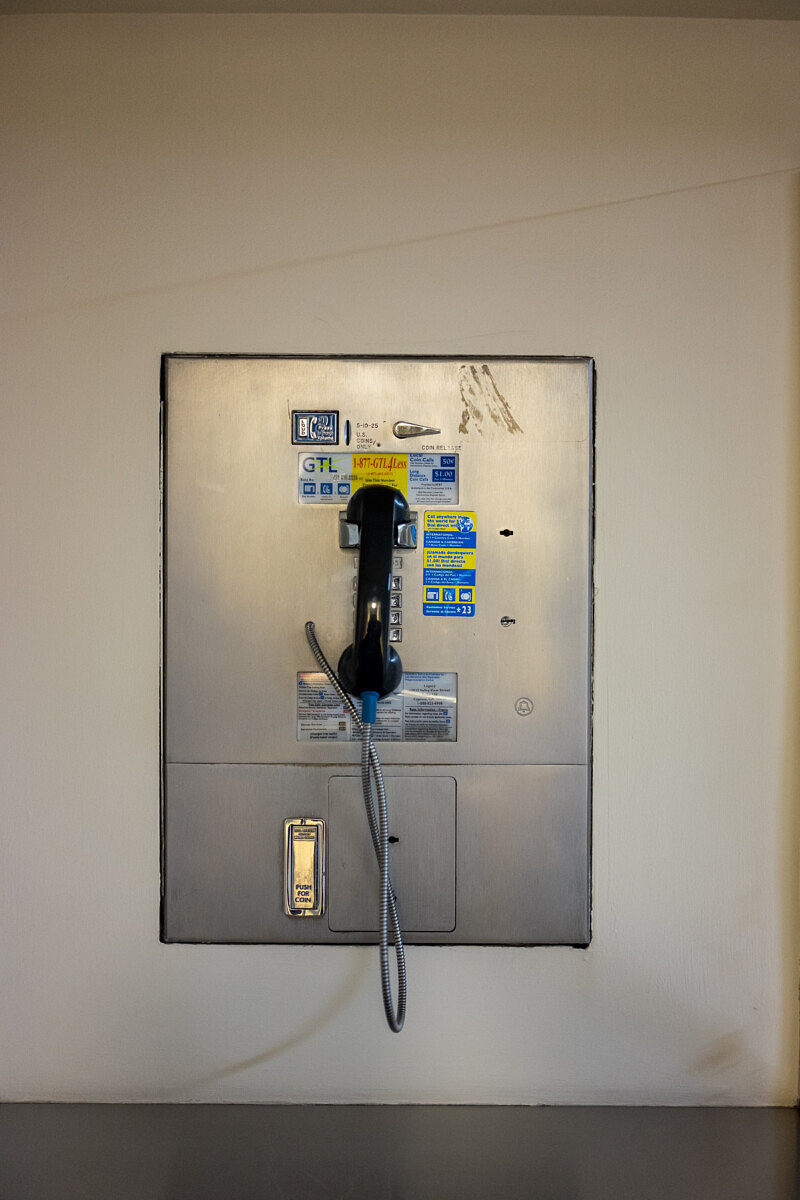
Leica SL (Typ 601) with Summilux-SL 50mm ASPH
1/100th @ f/1.4, ISO 1600
Click here for 100% crop
Chromatic Aberrations are well controlled despite the Lux not being crowned an APO. It handles backlit subjects well and maintains good contrast even when shooting directly into the sun.
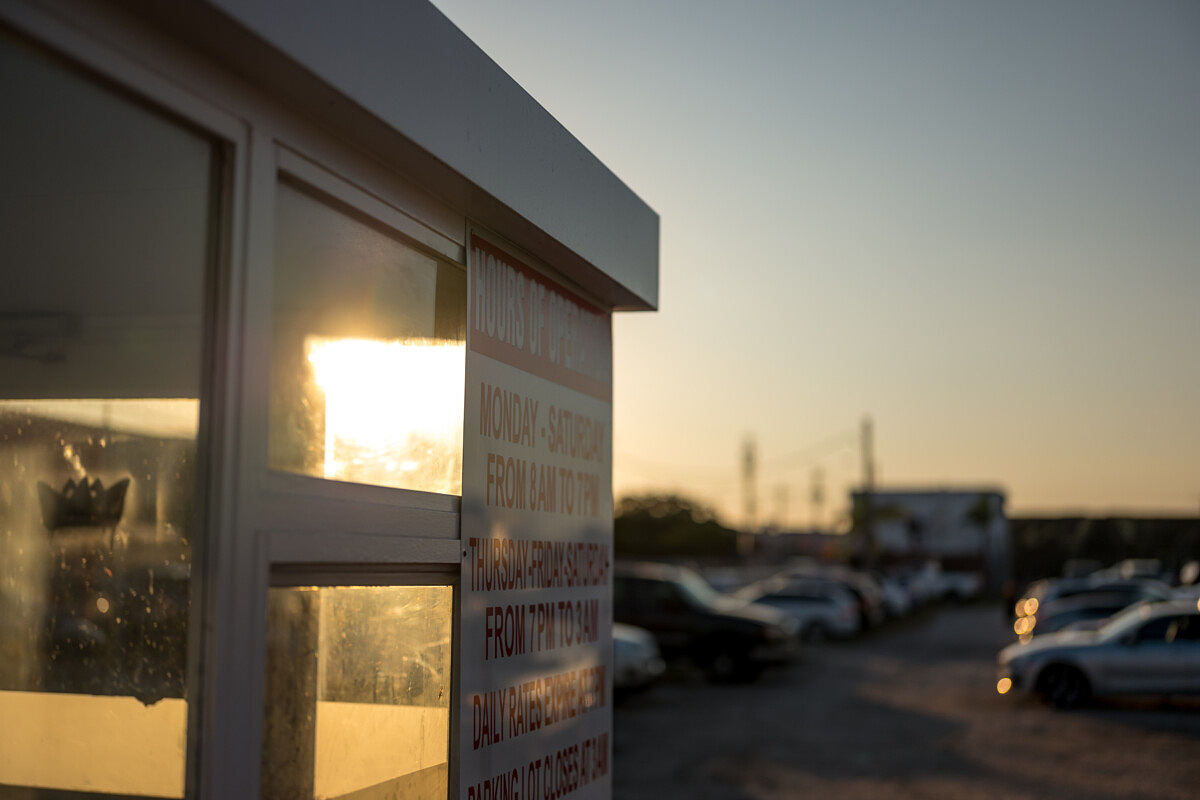
Leica SL (Typ 601) with Summilux-SL 50mm ASPH
1/10,000th @ f/1.4, ISO 100
Click here for 100% crop
Bokeh is luscious under most circumstances, but there is a bit of football shaped highlights towards the corners. Here, the 50 APO bests the 50 SL, with perfect round circles from center to edge. The bokeh isn’t as soft and glowy as it might be with the 50 Lux M or with a Noctilux, but the detail rendering is far superior than either.
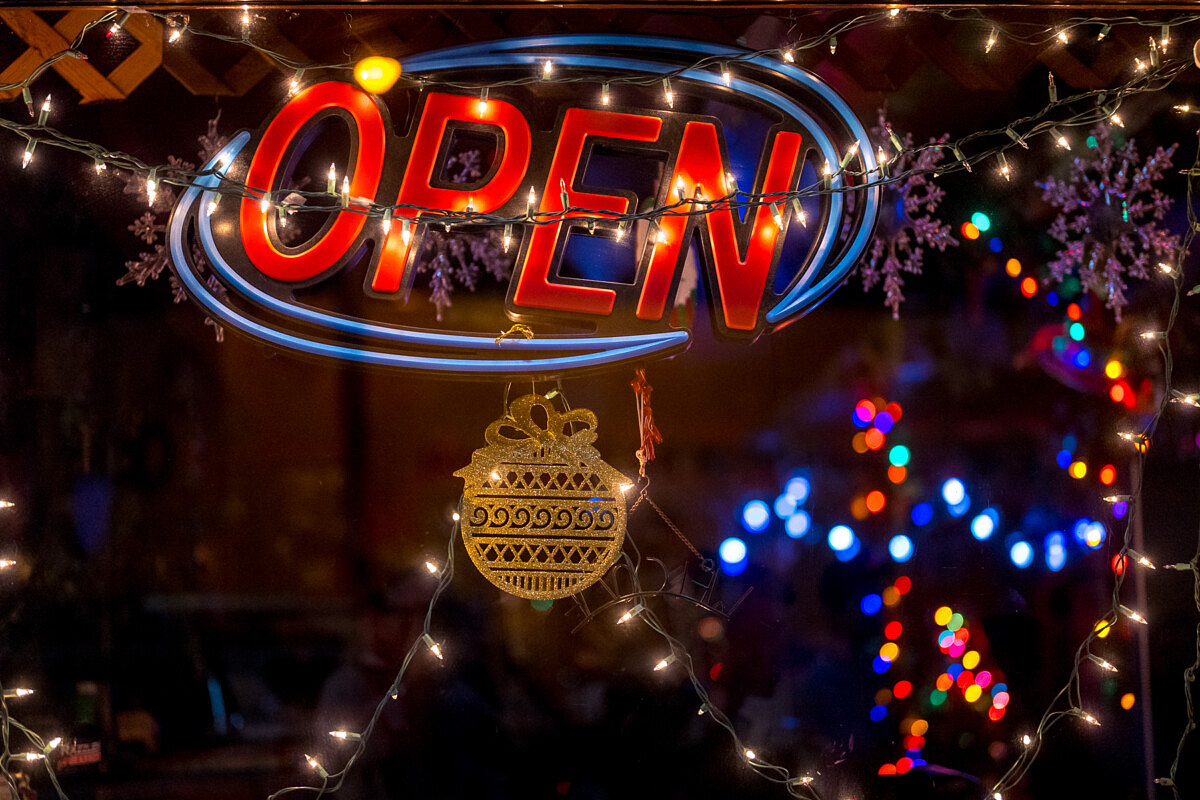
Leica SL (Typ 601) with Summilux-SL 50mm ASPH
1/125th @ f/1.4, ISO 1600
Click here for 100% crop
Vignetting
The 50 Lux has some obvious natural vignetting wide open, and a small amount at f/2. By f/2.8, it’s mostly gone and by f/4…what vignetting? Is this a bad thing? Not necessarily. I actually appreciated the combination of subject isolation from shallow depth of field, along with the cumulative effect of the vignette and buttery smooth bokeh pulling your eye to the center of the frame. The colors got richer and more pleasing. The intended subject popped even more. Looking at shots I took at both f/1.4 and at f/2.8, I’d take the f/1.4 shot anytime. Magical.
I’m fully aware that I’m usually one to gravitate to the most perfect, to borrow a common Leica engineers’ term, but in this case, I’ve totally fallen for the blend of perfect and pleasing. I like the vignette and never chose to remove it in post processing.

Leica SL (Typ 601) with Summilux-SL 50mm ASPH
1/2000th @ f/1.4, ISO 200
Click here for 100% crop
Focus speed and Accuracy
Focus is somewhat sluggish, especially when compared to the two zoom lenses, both of which snap into focus within milliseconds. Given that the 50 Lux SL has the same high-powered linear stepper motor as its siblings, I’m hopeful that a future firmware update might improve AF acquisition speed.

Leica SL (Typ 601) with Summilux-SL 50mm ASPH
1/800th @ f/1.4, ISO 100
Click here for 100% crop
Once the AF locks on, focus accuracy is excellent. With razor-thin DOF wide open, there is no room for error, and the SL/50 Lux combo doesn’t disappoint. Looking through my collection of test shots at 1:1, most of which were taken at f/1.4, the point of intended focus is pin sharp with nary a miss.

Leica SL (Typ 601) with Summilux-SL 50mm ASPH
1/125th @ f/1.4, ISO 800
Click here for 100% crop
What about 50mm M lenses?
To see how the 50 SL stacked up against 50mm M lenses, I set up a quick test with a bowl of yarn. Illumination came from two daylight-balanced LED panels. All lenses were shot on a tripod-mounted SL (Typ 601) using self timer. Here are the full shots from each lens.
While a 50mm Summilux-M ASPH is a fraction of the size, it can’t match the ridiculous image quality of the 50 SL. Wide-open, the M lens is a little glowy and not as sharp. It does crisp up considerably by f/2.8, though, almost equaling in the SL lens at f/1.4. But, the SL lens has more gas in the tank. Stop it down to f/2.8 and it pulls ahead of the M lens again. Even by f/5.6, the 50 Lux M still can’t fully catch up to its SL brethren.
The 50mm APO-Summicron is one of my personal favorites, both for its extremely compact size and its outstanding optical performance. I was surprised to see the SL lens resolve more detail wide open at f/1.4 than the APO Cron at f/2.
Looking at the MTF charts, you can see why. The 50 Lux SL is resolving 40 lp/mm at 80% contrast. At f/1.4! It's worth noting that the MTF chart represents the performance of the lens before any internal camera corrections. With the additional real-time processing in the SL, performance will actually be improved further than the already exceptional result we see plotted below.
The APO manages over 70% at f/2, which is nothing to sneeze at, and yields a more even result across the frame by f/5.6. The 50 APO’s MTF curve at f/5.6 is an optics designer’s dream, pretty much flat and straight across the top of the chart. But, the native SL lens offers an extra stop, more resolving power and autofocus.
And if we look at the 50 Lux-M ASPH, you can see that while an excellent lens in its own right, the 50 SL and 50 APO M are in a different performance bracket.
Alright, so you’ve got an SL and want a 50mm lens. Which is the best choice? Is the added size and heft of the SL lens worth it for previously unseen wide-open sharpness? Do you sacrifice one f-stop and go for the diminutive all-rounder 50 APO? Or, do you embrace the 50 Summilux-M ASPH, keep the f/1.4 max aperture, but give up the highest levels of optical perfection and accept a little glowiness?
Honestly, a case can be made for any of these options. For me, the choice would be between the 50 SL and the 50 APO. Perhaps here is what is most telling. Since sending the 50 SL back to Leica, there have been several occasions that I really wished I still had the lens in my kit, despite the 50 APO being within reach. Absence might indeed make the heart grow fonder, but then again, I was blown away by the insane image quality of the new 50 Lux on my SL. Weather sealing, autofocus, precise electronic aperture control and native mount are bonuses, but the deciding factor for me is always the result. And I love the results I got with this lens. The SL glass is just outstanding and this first prime lens is no exception.
Final Thoughts
While I’ve had no issues using the 24-90 in a wide variety of shooting situations, including some in very low light, having a native autofocus f/1.4 lens for the Leica SL was liberating. It allowed me to drop my ISO, shoot at much more comfortable shutter speeds and just have a general level of freedom that a fast aperture lens affords you.
The 50mm Summilux-SL ASPH is a formidable lens, offering sharpness at f/1.4 that is nothing short of extraordinary. Combine that detail with luscious bokeh and lovely color rendition and you have the makings of an incredible lens. Leica set out to make a statement with its first prime SL lens, and they have mostly succeeded. It’s not perfectly perfect. There is a fair amount of vignetting wide open (which I quite like), focus is on the slow side, minimum focus distance is a touch long and the lens is a bit of a beast. But if you can live with these minor shortcomings, the 50 SL will reward you with some astonishing results.
Bottom line: If you are looking for a remarkable quality high-speed lens for your Leica SL, the 50 Lux is probably the ticket.
The 50mm Summilux-SL ASPH started shipping earlier this year for $5,295 and is available from Leica Store Miami. If you want to learn more about the Leica SL, be sure to check out my full review of the camera here: Leica SL (Typ 601) Review: A Professional Mirrorless Camera
Additional Sample Image Gallery
- Leica SL (Typ 601) with Summilux-SL 50mm ASPH
1/3200th @ f/1.4, ISO 200
- Leica SL (Typ 601) with Summilux-SL 50mm ASPH
1/5000th @ f/1.4, ISO 200
- Leica SL (Typ 601) with Summilux-SL 50mm ASPH
1/320th @ f/1.4, ISO 800
- Leica SL (Typ 601) with Summilux-SL 50mm ASPH
1/1000th @ f/1.4, ISO 800
- Leica SL (Typ 601) with Summilux-SL 50mm ASPH
1/400th @ f/8, ISO 100
- Leica SL (Typ 601) with Summilux-SL 50mm ASPH
1/125th @ f/1.4, ISO 400
- Leica SL (Typ 601) with Summilux-SL 50mm ASPH
1/1000th @ f/1.4, ISO 1600
- Leica SL (Typ 601) with Summilux-SL 50mm ASPH
1/8000th @ f/1.4, ISO 800
- Leica SL (Typ 601) with Summilux-SL 50mm ASPH
1/100th @ f/8, ISO 200
- Leica SL (Typ 601) with Summilux-SL 50mm ASPH
1/400th @ f/1.4, ISO 800
- Leica SL (Typ 601) with Summilux-SL 50mm ASPH
1/100th @ f/1.4, ISO 400
- Leica SL (Typ 601) with Summilux-SL 50mm ASPH
1/320th @ f/8, ISO 200
- Leica SL (Typ 601) with Summilux-SL 50mm ASPH
1/2000th @ f/5.6, ISO 100
- Leica SL (Typ 601) with Summilux-SL 50mm ASPH
1/125th @ f/5.6, ISO 400
- Leica SL (Typ 601) with Summilux-SL 50mm ASPH
1/1000th @ f/4, ISO 100
- Leica SL (Typ 601) with Summilux-SL 50mm ASPH
1/200th @ f/1.4, ISO 200
- Leica SL (Typ 601) with Summilux-SL 50mm ASPH
1/160th @ f/1.4, ISO 1600
- Leica SL (Typ 601) with Summilux-SL 50mm ASPH
1/800th @ f/1.4, ISO 200
- Leica SL (Typ 601) with Summilux-SL 50mm ASPH
1/200th @ f/1.4, ISO 1600
- Leica SL (Typ 601) with Summilux-SL 50mm ASPH
1/125th @ f/1.4, ISO 800
- Leica SL (Typ 601) with Summilux-SL 50mm ASPH
1/160th @ f/1.4, ISO 400
- Leica SL (Typ 601) with Summilux-SL 50mm ASPH
1/500th @ f/16.3 ISO 100
- Leica SL (Typ 601) with Summilux-SL 50mm ASPH
1/400th @ f/1.4, ISO 400
- Leica SL (Typ 601) with Summilux-SL 50mm ASPH
1/320th @ f/1.4, ISO 400
- Leica SL (Typ 601) with Summilux-SL 50mm ASPH
1/1250th @ f/1.4, ISO 400
- Leica SL (Typ 601) with Summilux-SL 50mm ASPH
1/5000th @ f/1.4, ISO 400
- Leica SL (Typ 601) with Summilux-SL 50mm ASPH
1/2500th @ f/2.8, ISO 100
- Leica SL (Typ 601) with Summilux-SL 50mm ASPH
1/200th @ f/5.6, ISO 200





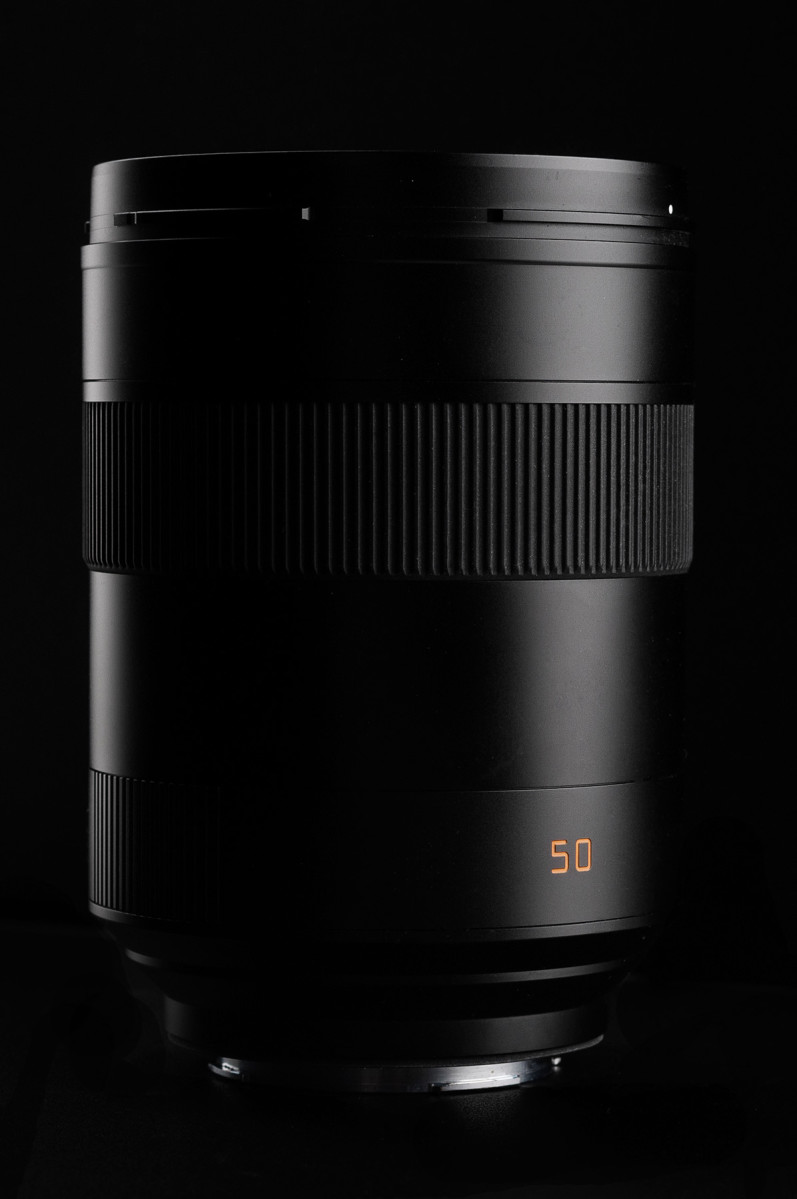
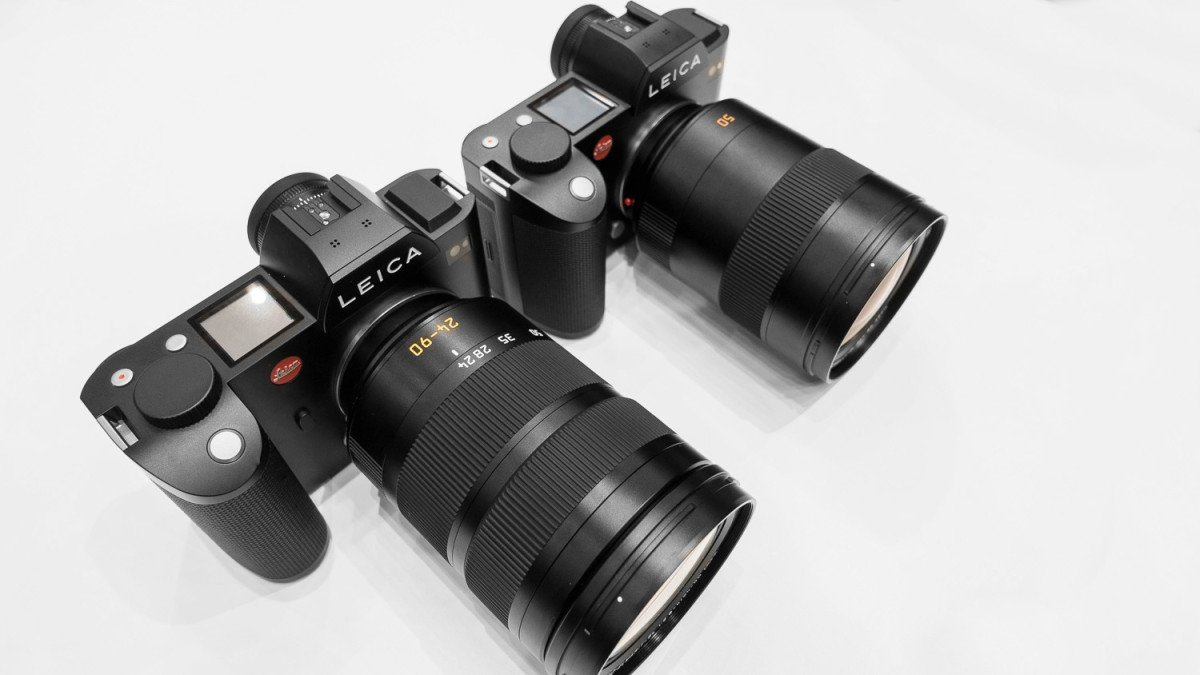


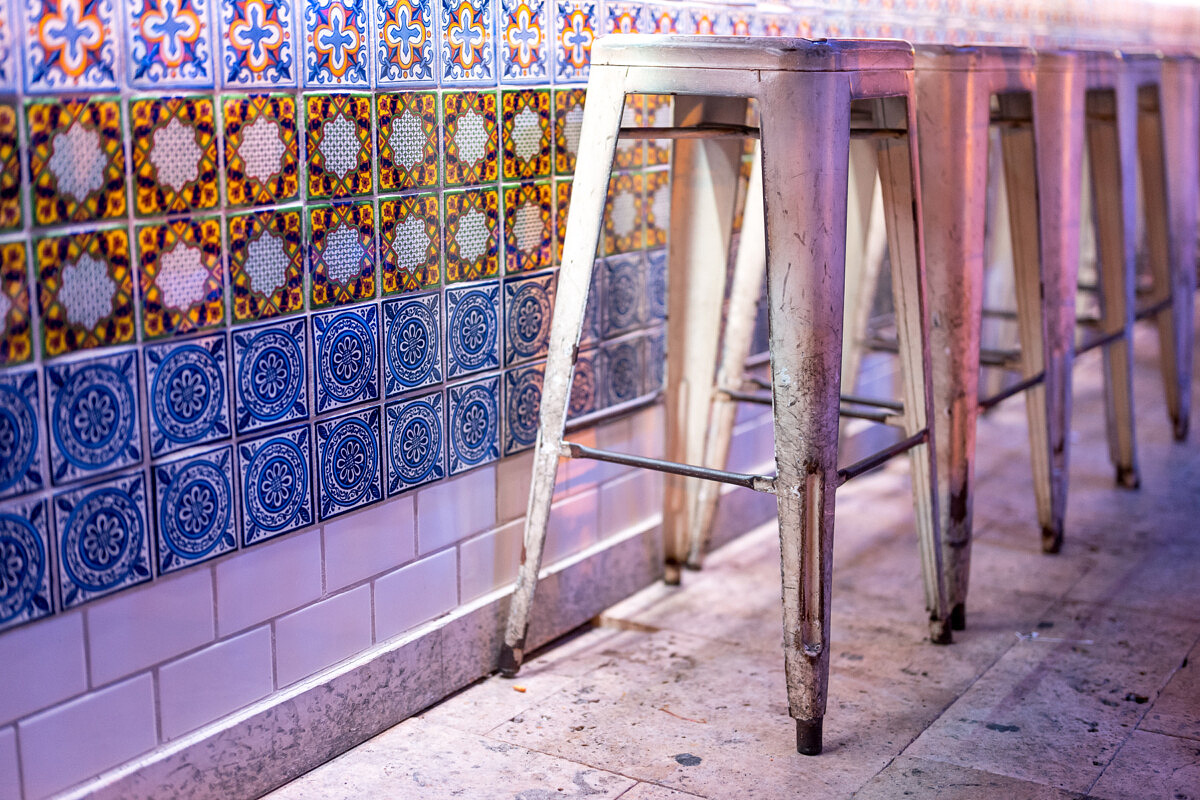



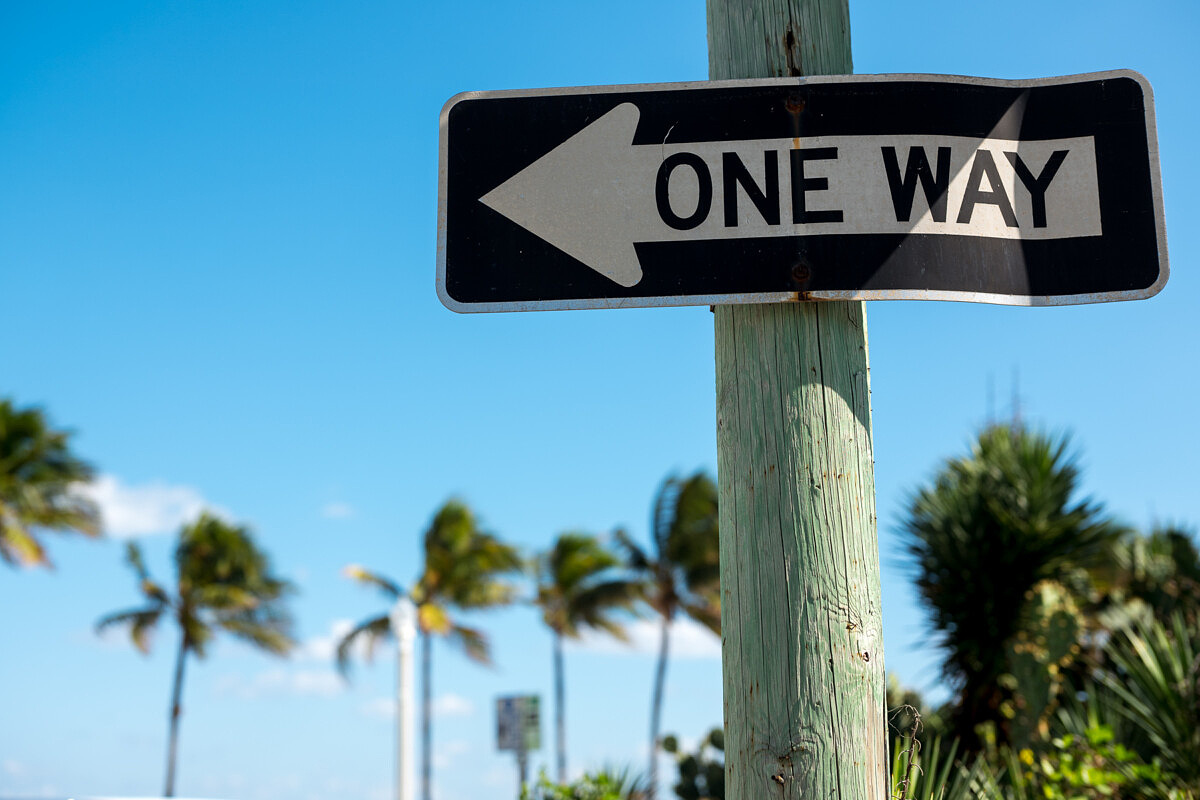





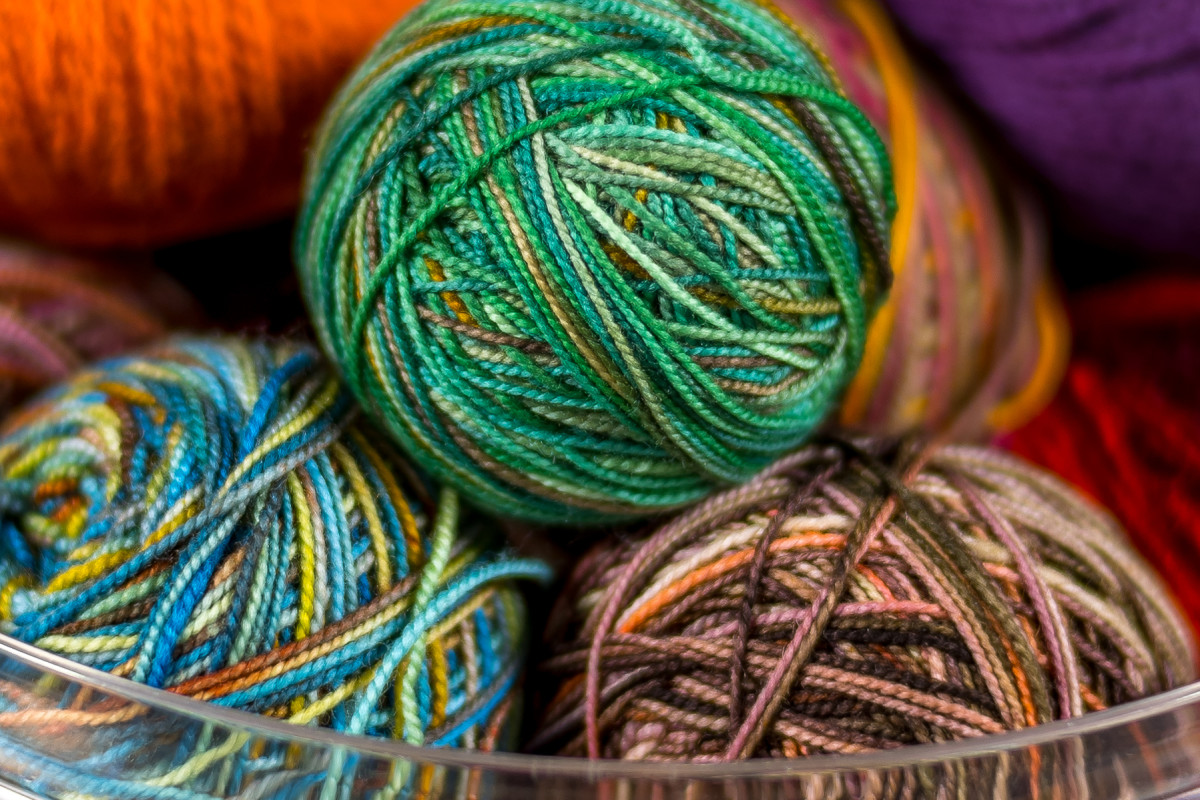
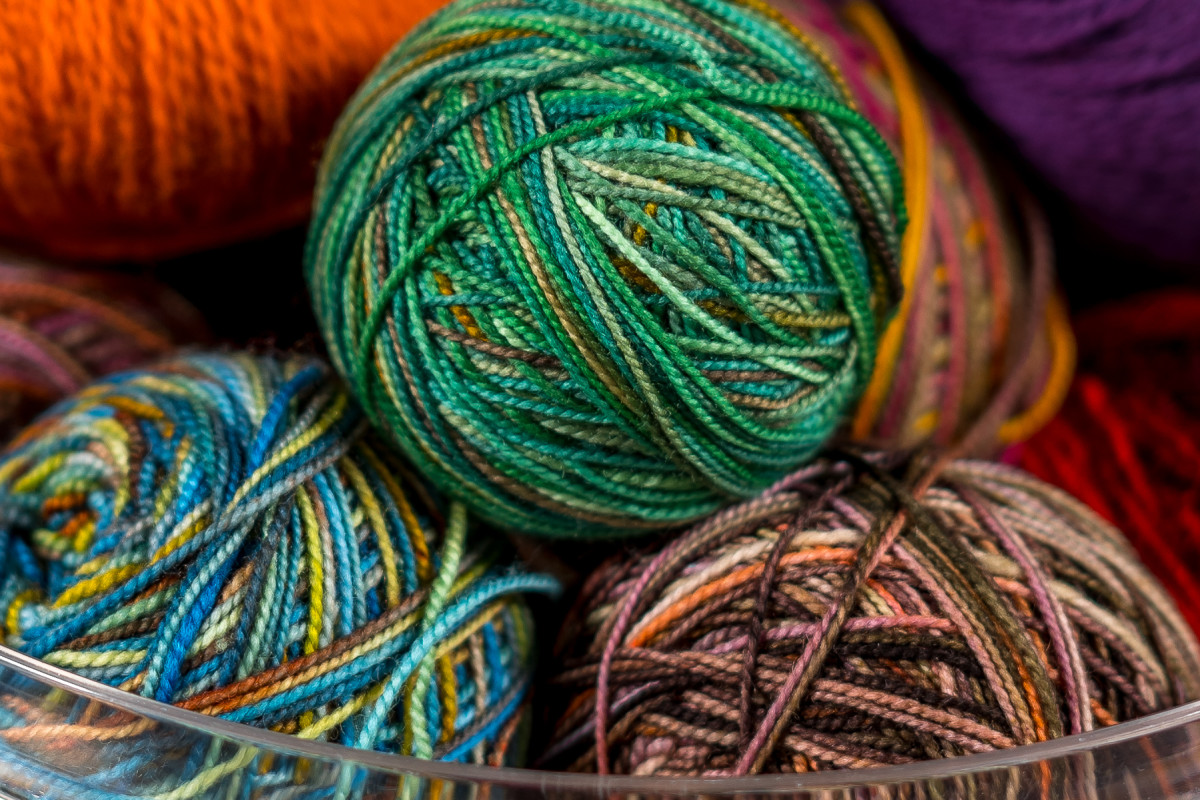


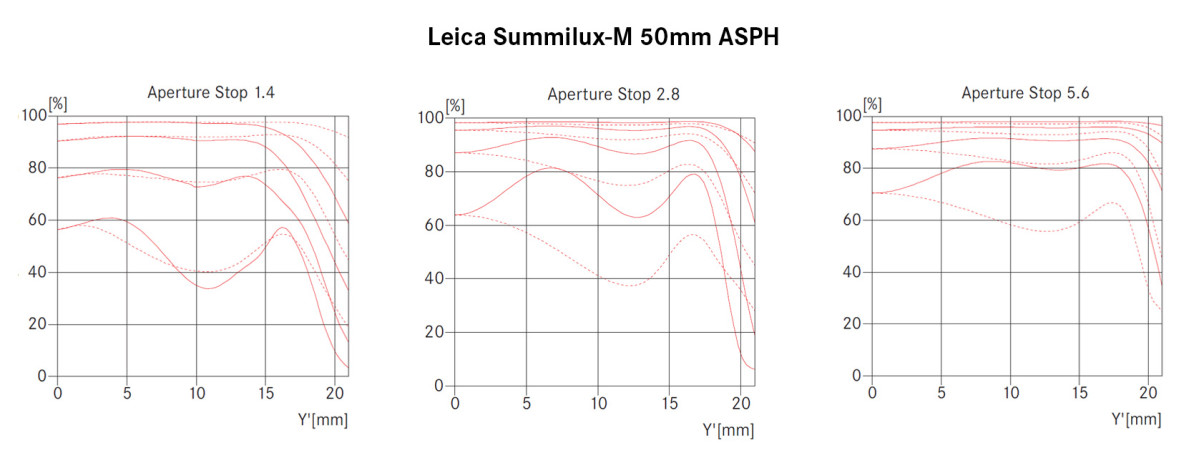


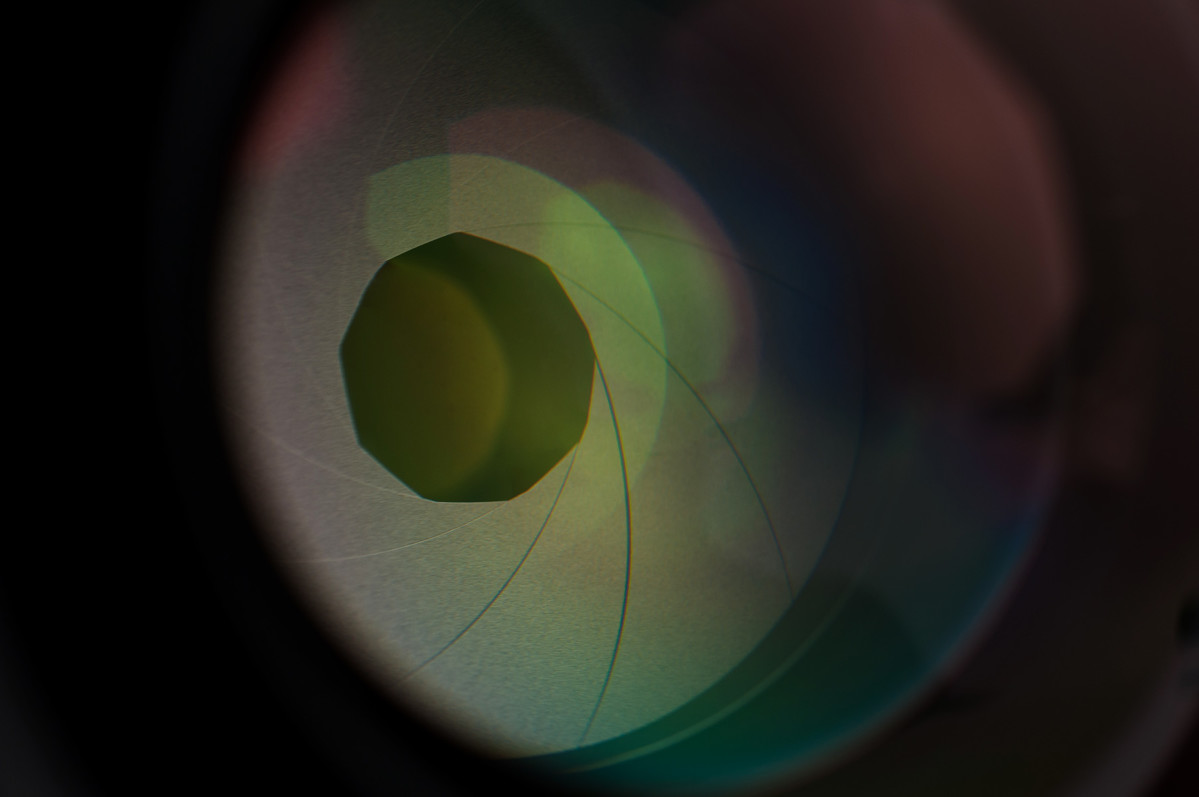
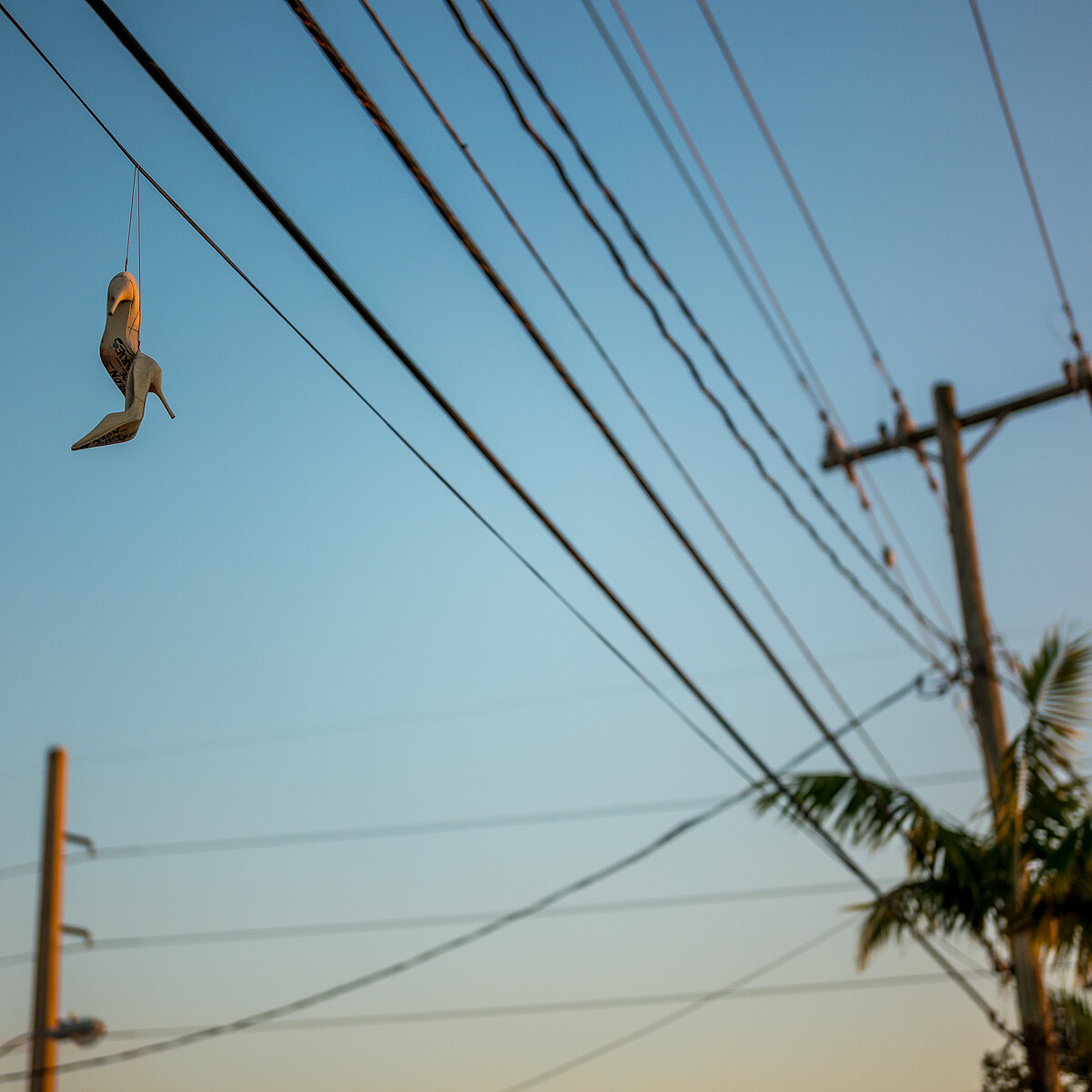

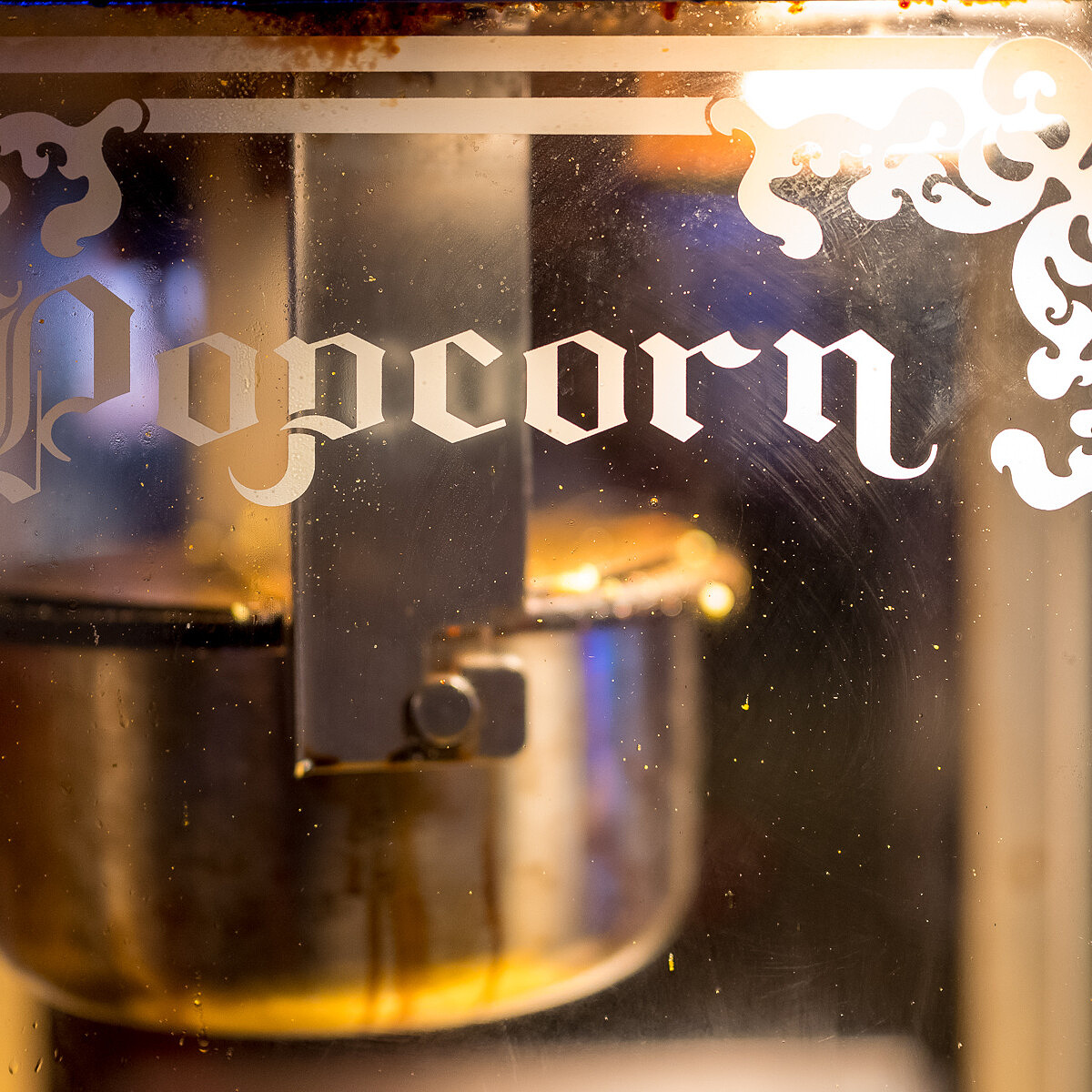
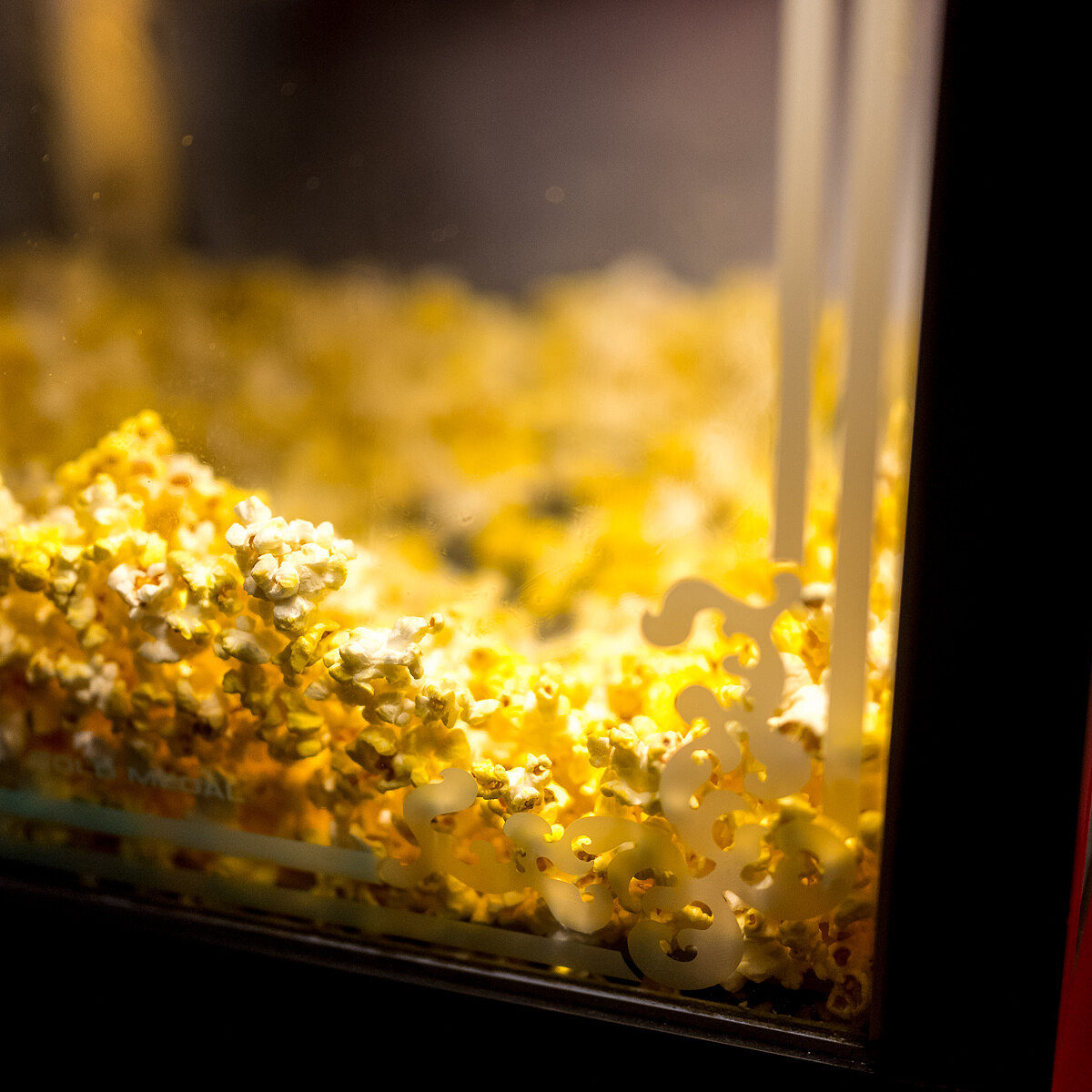



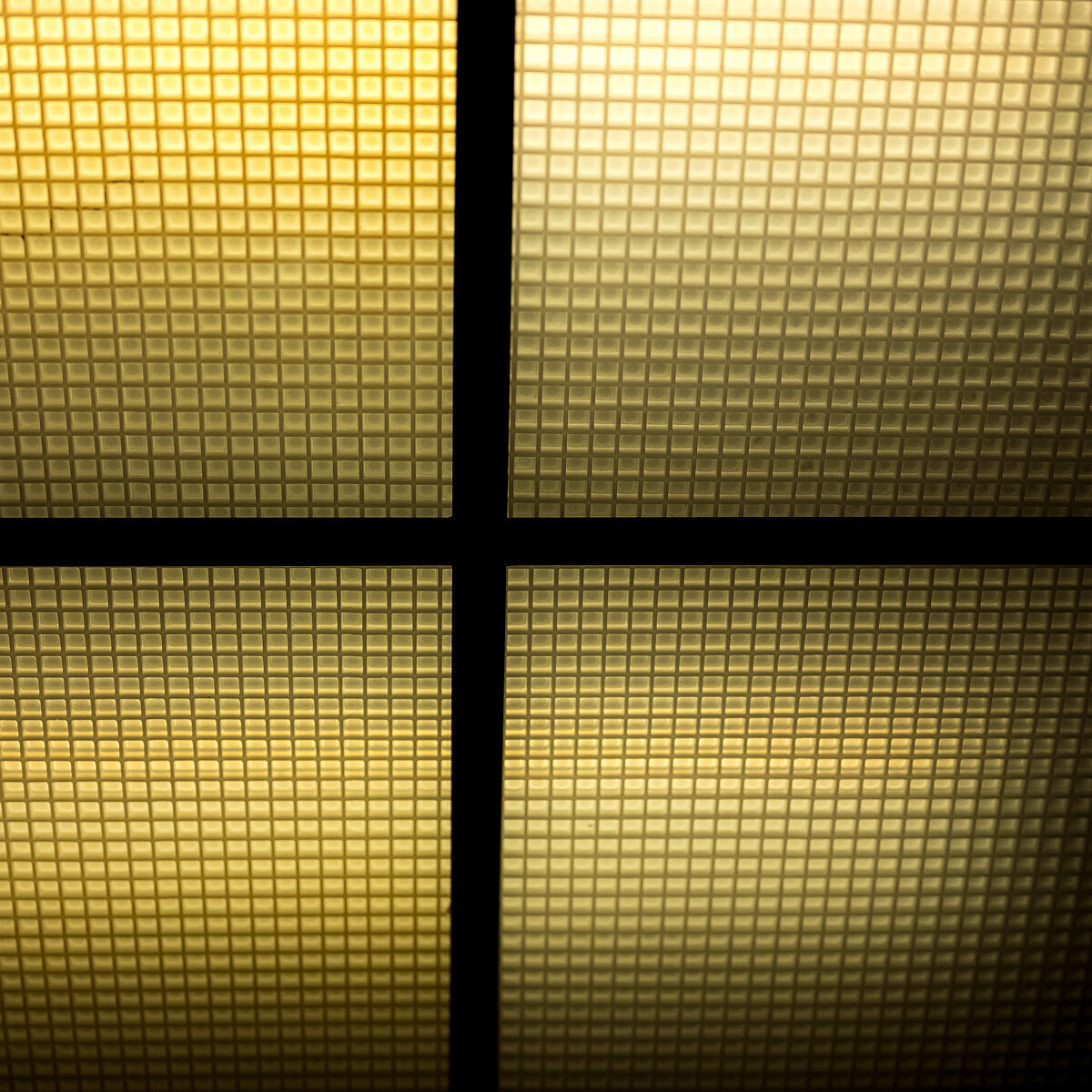

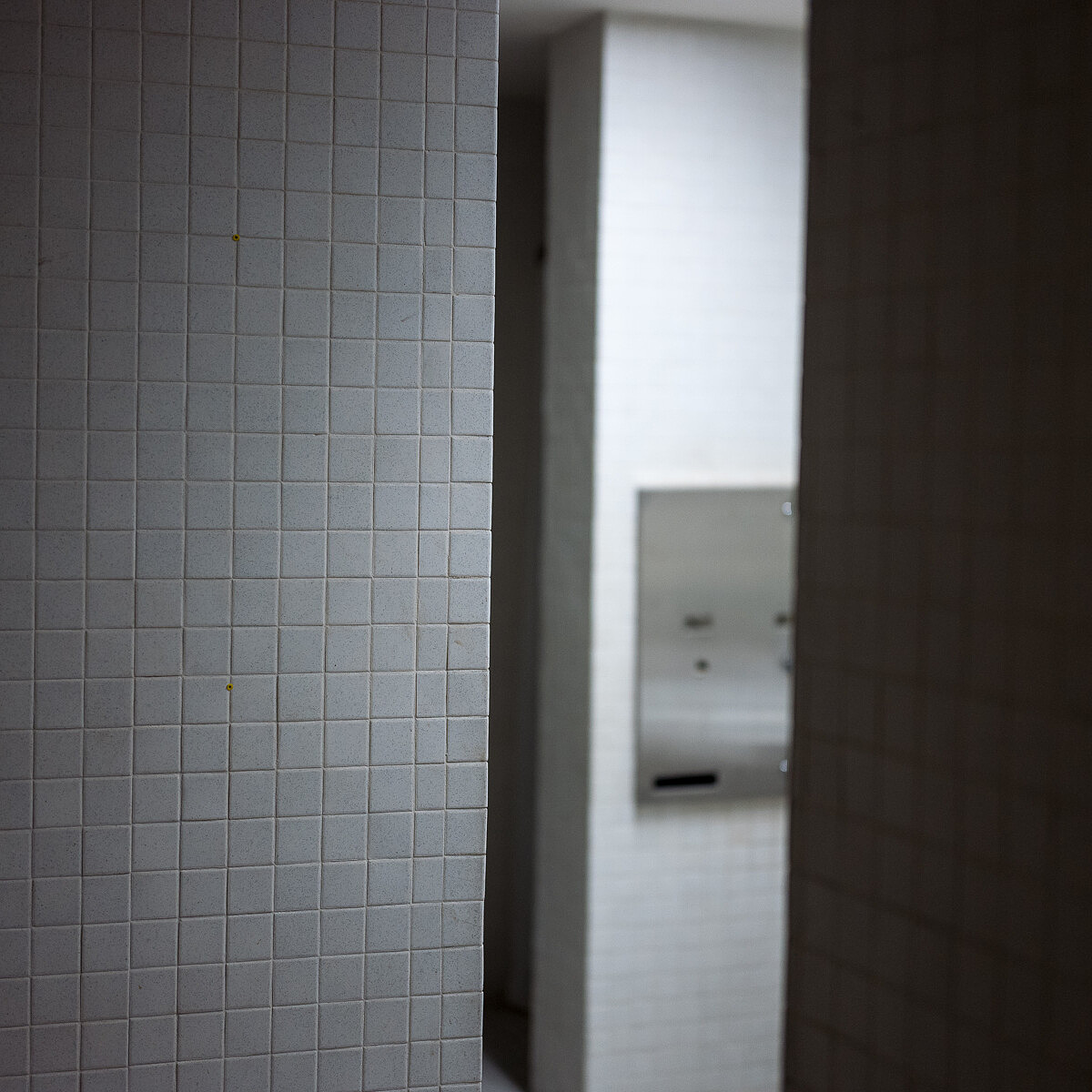


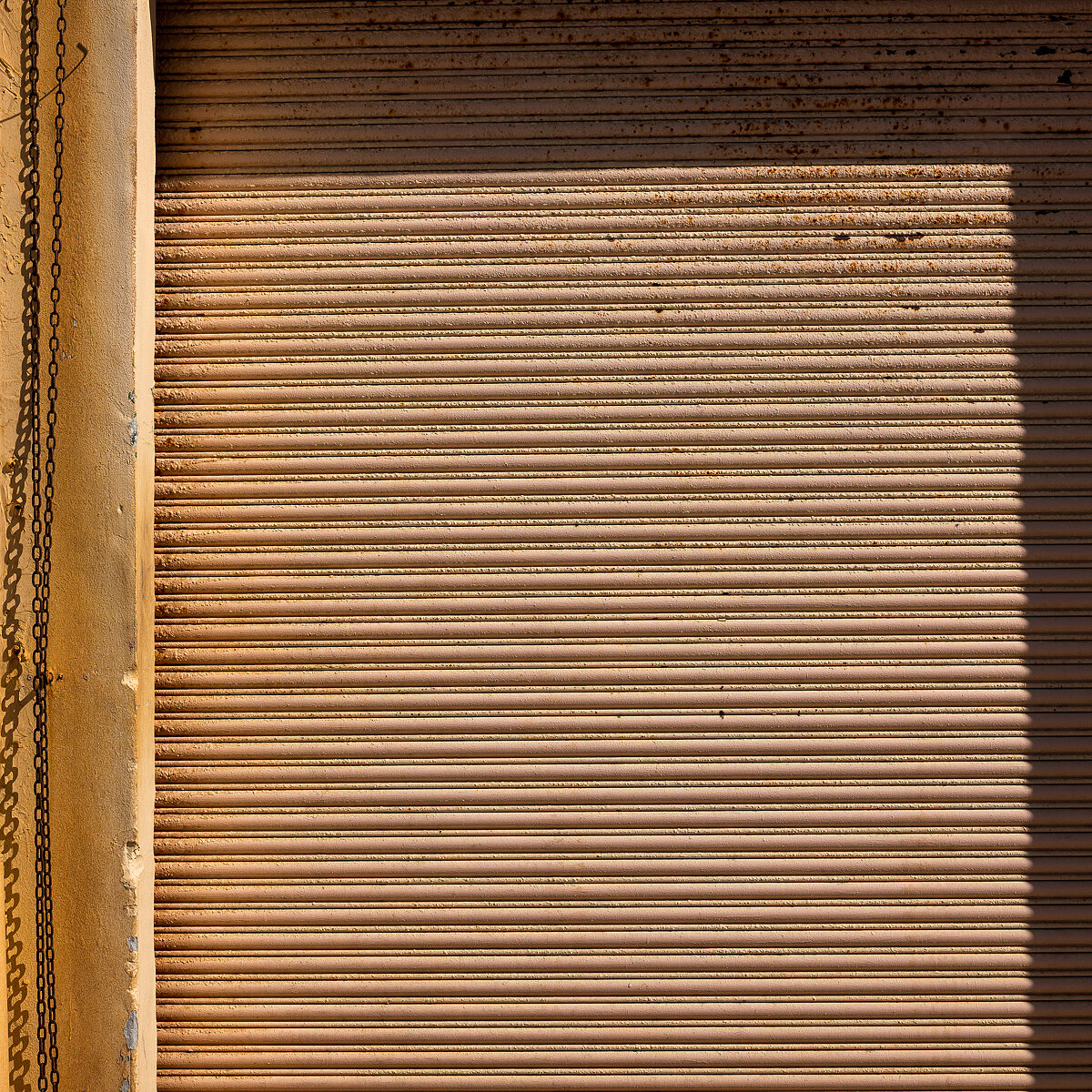
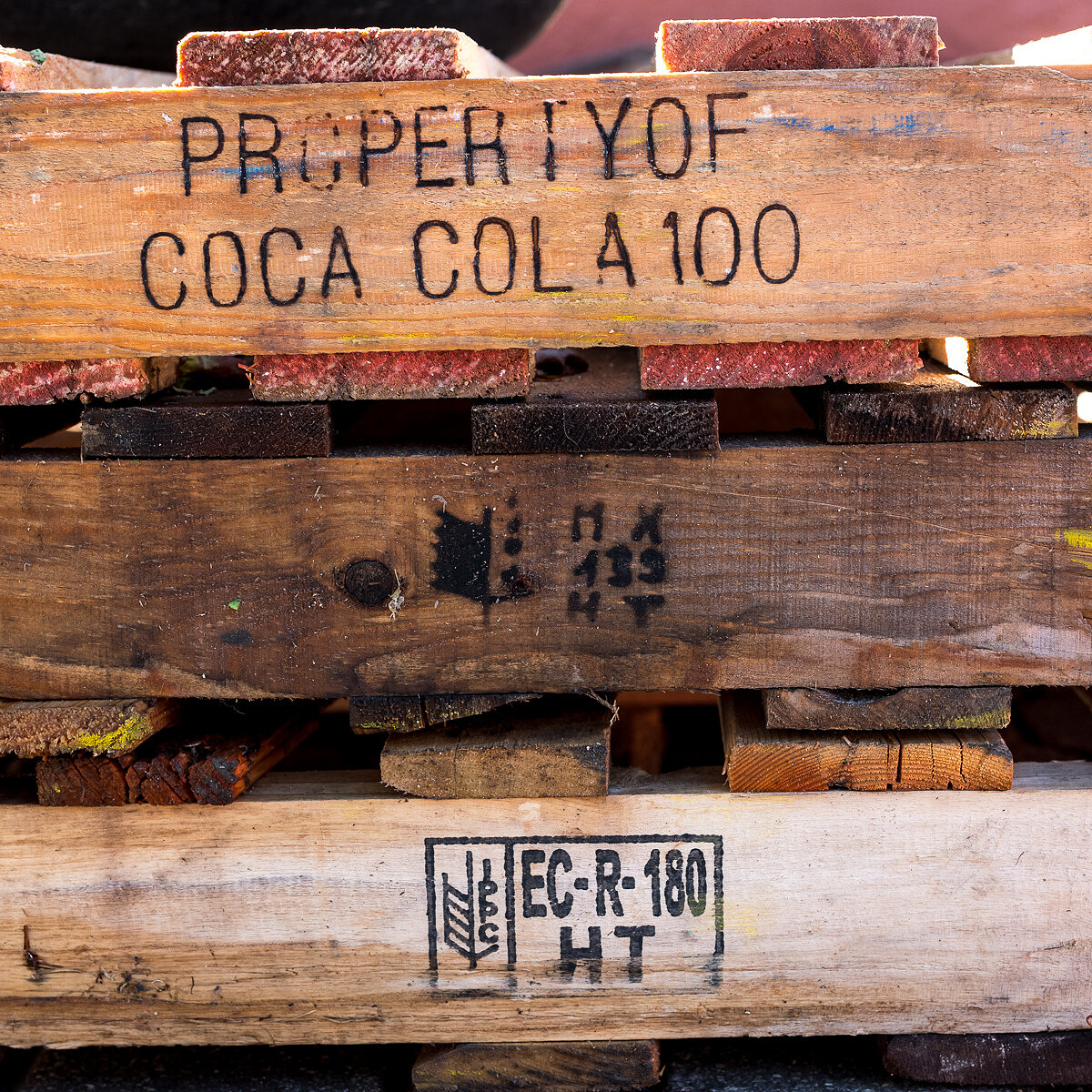








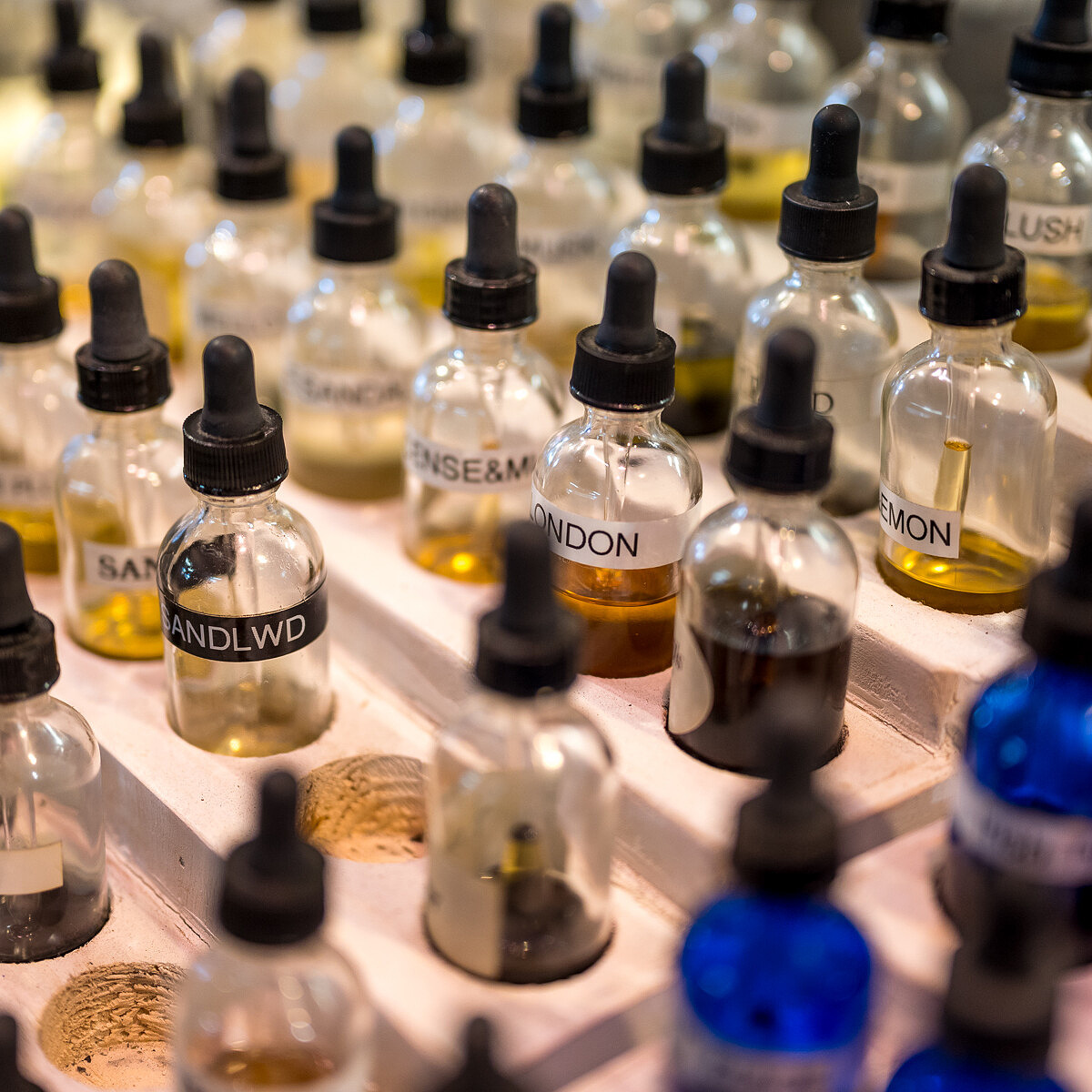





Amazed with your reviews, David!
Dear David
Thank you for your very good test prouved by images, this is always the best.
Concerning the picture of the Leica 0, this one is with the 3,5|50 anastigmat, but the Leica Ur was equiped with a 4,5/42
Kind regards
Michel
[…] David Farkas has some of the best reviews on Leica gear and he just published his review of the Leica Summilux-SL 50mm f/1.4 ASPH […]
David, is there a reason that ISO 50 was not used even when you had a sufficient shutter speed at ISO 100?
I was under the impression that ISO 50 provides the most dynamic range and lowest noise output.
Let me know if I should avoid ISO 50 as I use this whenever possible.
Honestly, I just didn’t think to use ISO 50. There is not much of a real-world quality difference between ISO 50 – 400. Some theorize that ISO 50 is actually a PULL setting and that the SL has a base ISO of 100. But…. I haven’t received official confirmation of this.
Some measurements of the Leica sensor (published at PhotonstoPhotos) have shown that there are actually two base settings of about equal dynamic range and noise – ISO 50 and ISO 200 – as the sensor uses dual conversion gain (quite a common technique).
So either 50 or 200 (probably better 200) are the ideal settings, but the differences are small.
Here you can read more about it: https://www.dpreview.com/forums/thread/4124741#forum-post-59206694
Thanks for the link. Interesting stuff. I will need to ask the SL team at Leica about this next time we chat.
You are correct ISO 50 is the same as ISO 100, just a pull. For want little I known
I can imagine the M 50 Lux ASPH (2004) being bested by this modern SL50, but wonder if the M50APO would produce the best results on an M10 body?
Funny you should mention this…. I had the same thought, so repeated the test with the same setup, tripod, etc. with the 50 APO on the M10. Same result. Besides slight color differences between the SL and M10 files, the detail level was exactly the same.
Thanks for exploring! Great to see they’re still making strides ahead of already stellar optics!
Thank you for the comprehensive review!
On my SL I use both a Leica M 50mm/1.4 Asph and a Leica SL 50mm/1.4, and, after many pictures taken I’ve noticed one recurring difference on their rendition:
at F1.4 the M-Asph seem to constantly have a more 3D presentation, with the subject in focus that pops more and the out-of-focus background that melts away. This is especially true at mid distance focus, like 3-5 meters. I feel I can separate more the subject from the background. But I also notice it on your ball of yarn comparison.
I really don’t know why is like that (maybe some residual spherical aberration on the M-Asph helps? Maybe more vignetting? Maybe the completely different optical project?) but I personally much prefer the M-Asph rendition a F1.4, it reminds me a bit like a medium format (true medium format, not 45×30) normal lens one.
Maybe this is because the M version has only eight elements whereas the SL version has 11? I know a lot has been written about this in various places, summarised by the argument that ‘optical perfection’ comes at the expense of aesthetic style and presentation (micro contrast etc).
I own the M 50’lux and use it extensively, but have not used the SL version. Even so, in every image I’ve seen of the SL50 I’ve been left feeling underwhelmed; it doesn’t have the same 3-D pop that I get from my M vesrion on the SL.
Could be the less elements and the overall different rendition, different field curvature, etc.
After further experiments with my 50 ASPH (black chrome, so recent construction) and the SL 50, I found out that:
– the SL 50 gives the impression to have *slightly* more DOF at the same aperture.
– the SL 50 is a bit more wide
– the SL 50 is perfectly corrected (in camera software) for distortion AND, more importantly regarding look, for vignetting. Not just the extreme corners, but also more towards midfield area the SL is brighter then the ASPH-M. This fact obviously changes the look of the image, and put more emphasis on the subject with the M.
Consequently, I wish there were an option for disabling vignetting correction with the 50 SL (the distortion correction is fine: without the is a really prominent barrel).
I have been using this lens for the last 2 months. Its been a love and hate experience.
Apart from the APO 50mm, this is probably the best normal lens Leica has ever produced. However its auto focus is a nightmare. It reminds me of using the world’s first autofocus camera when I was a student in 1986 — Canon T80.
Its a crime of Leica management. The top grade glasses to be combined with autofocus technology from 40 years ago. I urge Leica to recall this lens for an improved autofocus system. If not so, I urge Leica to announce Leica Summilux-SL 50mm f/1.4 Mark II immediately, and offer V1 users a free upgrade. If not so, I urge Leica to announce Leica Summilux-SL 50mm f/1.4 Mark II immediately, and offer V1 users a trade-in option. If not so, I urge Leica to announce Leica Summilux-SL 50mm f/1.4 Mark II immediately, and I will buy the new version and dump the older one.
I love Leica but HATE the autofocus of Leica Summilux-SL 50mm f/1.4!!
I agree that the 50 Summilux-SL is one of the best 50mm lenses Leica has ever produced, and would add that it’s AF is infinitely better than the 50 APO-Summicron-M. 🙂
In all seriousness, though, I have also found the 50 SL’s AF speed to be lacking, especially when compared to the lightening quick AF of the 24-90 and 90-280. It’s not a fault of the SL’s AF system. Rather, the fault lies in the massive glass elements inside the lens that take considerably more energy to move than the feather-light tiny focus elements in the zooms. The zooms were built for speed. The 50 SL? The priority was on absolute best image performance at a much wider aperture. Wider than the zooms. And wider than the 50 APO for the M. Take a look at the test shots and 100% crops. The 50 SL actually resolves more detail at f/1.4 than the 50 APO does at f/2. That is no small feat. One that, unfortunately, requires large and heavy lens elements to achieve.
While the speed isn’t great, I have found the AF to be deadly accurate. And with razor-thin depth of field at f/1.4, I wouldn’t call this level of accuracy and repeatability to be antiquated. Or the ability to select focus anywhere in the frame.
So, yes, the 50 SL represents a compromise. Are you willing to accept slower AF for higher optical quality? Some photographers will be. Others won’t.
David,
from a company like Leica, with their incredible optical background, that contributed and still contributes to make the history of the field, I expect optically excellent lenses.
The SL 50 1.4 produces very good image. That is undisputable.
But,
given the size and the weight of the 50mm 1.4 SL that evidently where not a limiting factor in designing the lens, I personally find quite disconcerting that they let go this much the distortion variable, and correct that absolute mess via software. In my opinion, this is not at all “LEICA”, this is not *optical* excellence. Plus such big distortion corrections lose pixel quality.
Given the fact that the 24-90 SL and the 28/1.7 of the Q heavily rely on software correction for distortion, I really, really hope that this trend would not come to the M family.
Why this rant? Because this is LEICA we are talking about, we are paying for optical excellence. Not “optical+software”. Because software correction is cheap, and Leica glass is not. So, Leica, let’s leave software correction to Sony and others less costly manufacturers, please, and stay “Leica”.
Thanks David, you made a good point!
I think Leica finally realized that there are two worlds of photography (manual vs autofocus) in between I travel often. I use M lens a majority of my time, but there are situations that autofocus is a necessity, in which I use 50mm lens majority of my time. This is why the SL Summilux 50 became my everlasting pain with Leica — if they do not admit their mistake.
I have married to Leica, but there is such a pain in the marriage. For the God’s sake, I can not get divorced. In the world of photogrphy, there is no Vietnamese wives that we can always go for a happy ending…
Since firmware 3.1 has been around the autofocus is discernibly faster and the hit rate better.
For me it is now a real pleasure to use the SL 50 – I use it more often than before.
(Optically it was always great, but now AF is improved, but of course not yet as fast as the SL 90-280.)
I just bought an SL (601). Here is an other comparison I would like to see, how does the 50mm F1.4, for the SL and the New 50mm F2.0 compare or do I ask too much.
Karl,
I compared the 50 f/1.4 SL to the 50 f/1.4 M and the 50 f/2 APO. The 50 f/2 APO SL isn’t available yet. It will certainly be interesting to see how the upcoming Summicron-SL will compare to the Summilux-SL.
Great review! I’m thinking of picking up this lens to use with an SL2 as I prefer the look of it compared to the more recent APOs. However, I would like to shoot video as well – given the slower autofocus of this lens, would subject tracking in video be massively impeded?
David,
Even today your review of the Lux-SL 50mm f1.4 is very interesting reading. Did you do a similar review on the APO-Cron-SL 50mm f2?
Hi, I use an R 50 1.4 ROM on my SL and I wonder if there is any comparison with the SL 50 1.4. Does the quality of the image increase considerably or is the only addition the autofocus?
Thanks
The difference in quality with the 50 SL would be significant. The SL lenses are the best that Leica has ever produced.
Hi, LEICA SUMMILUX-SL 50MM F/1.4 ASPH has sweet spot?. What is? My question is very simple, but very important now as I begin in this World